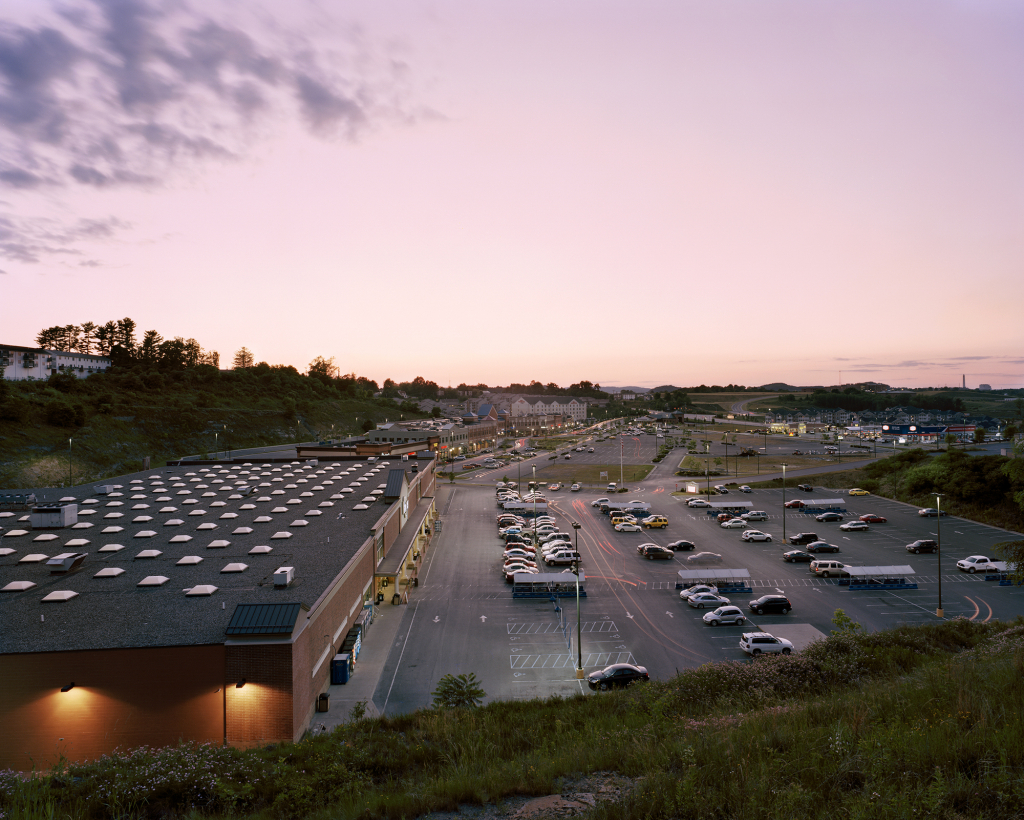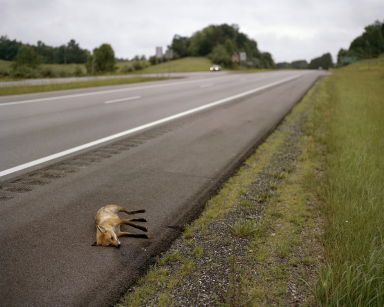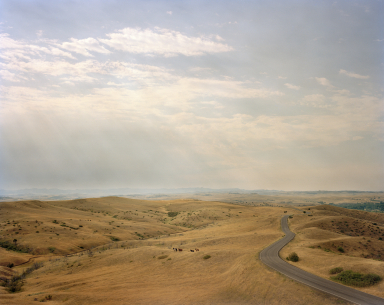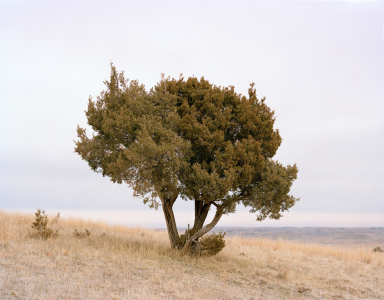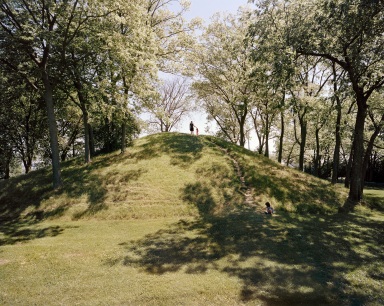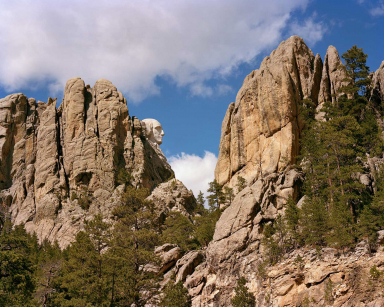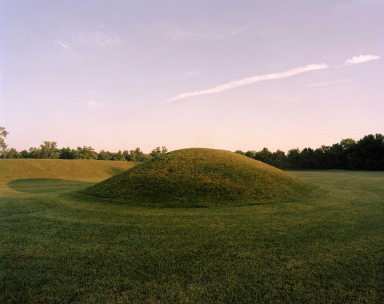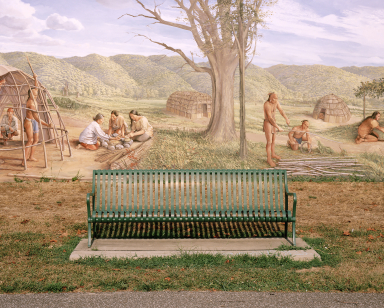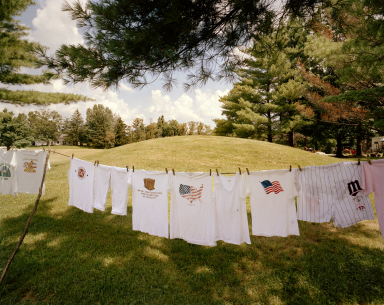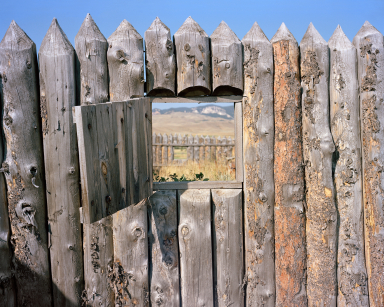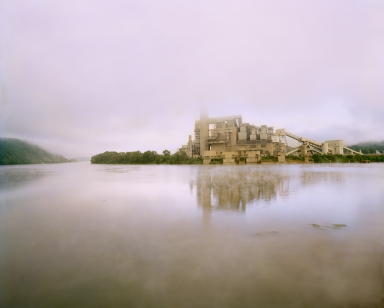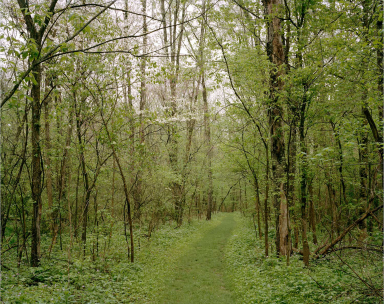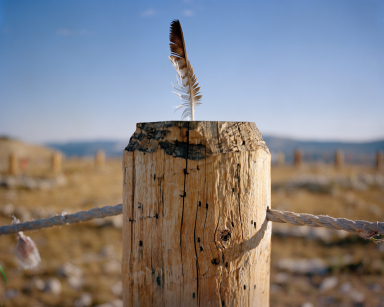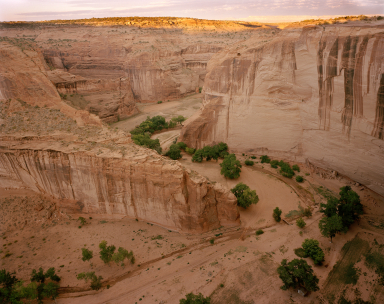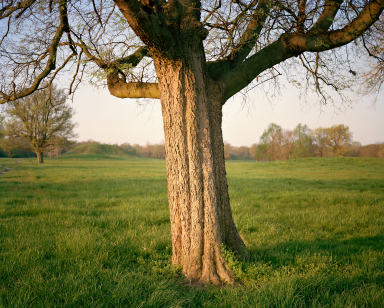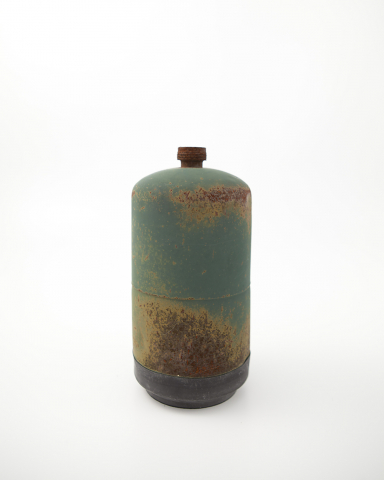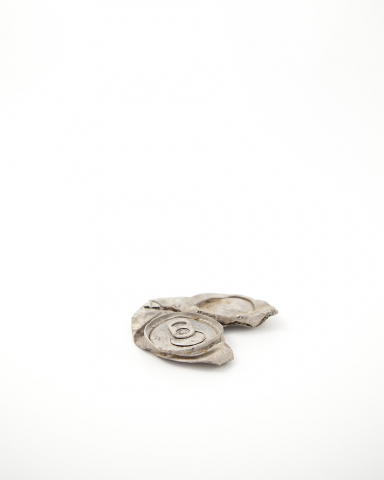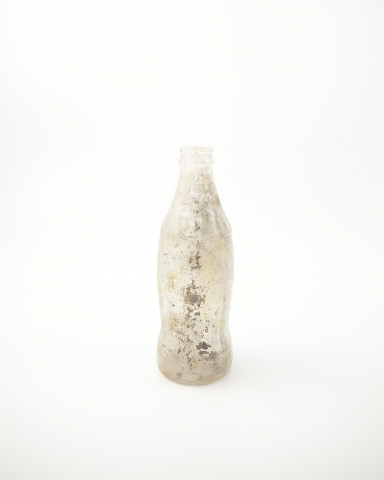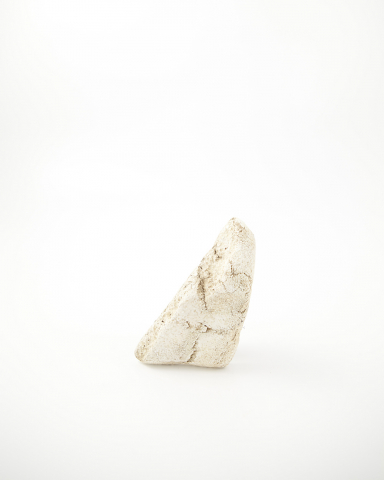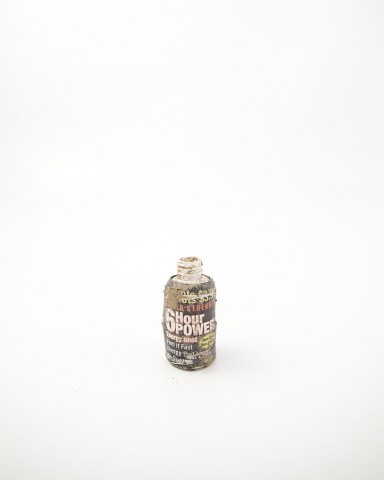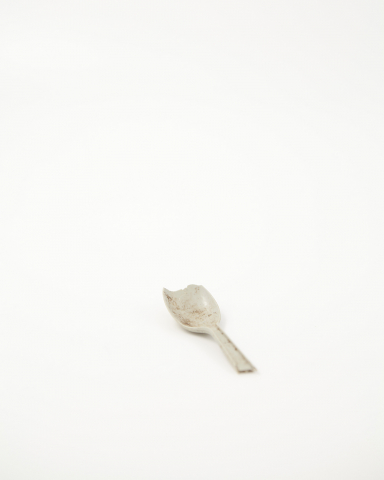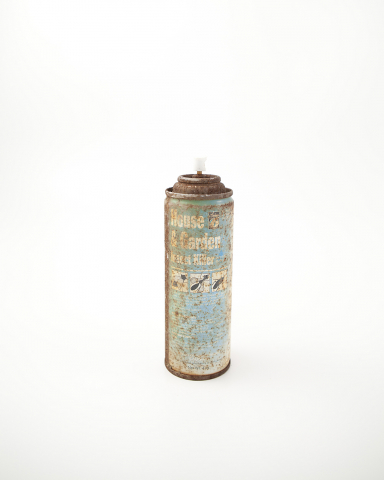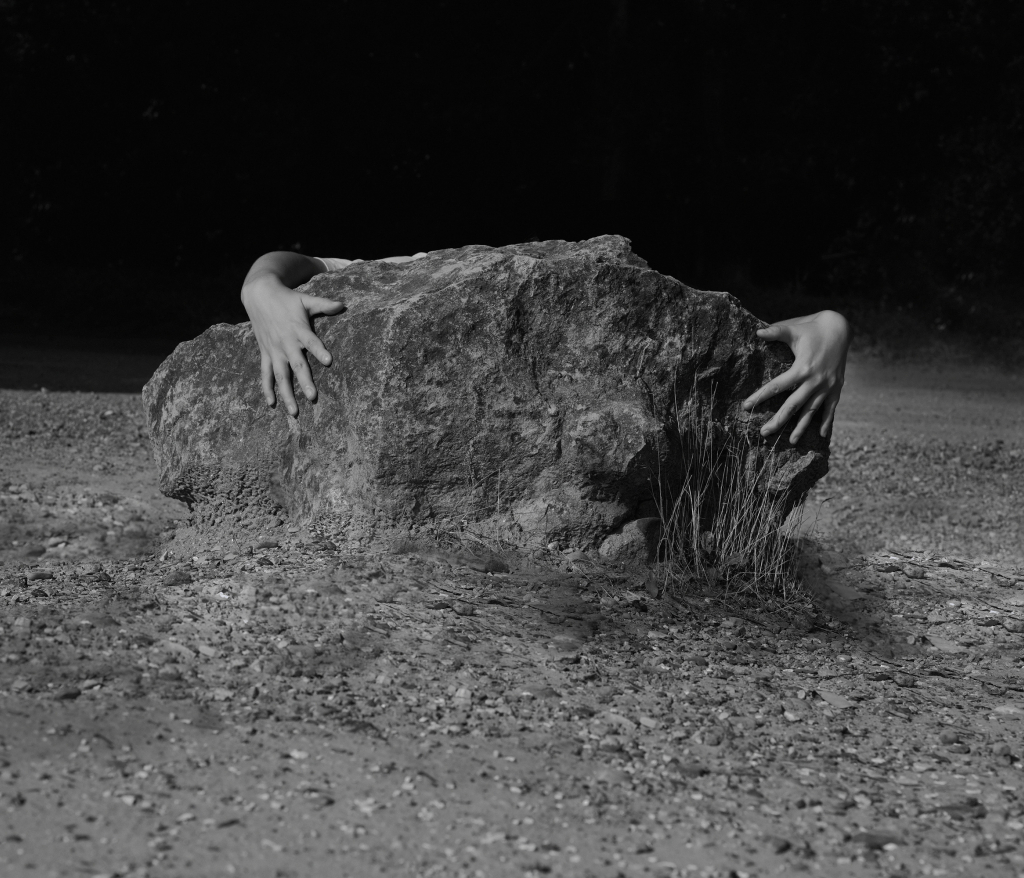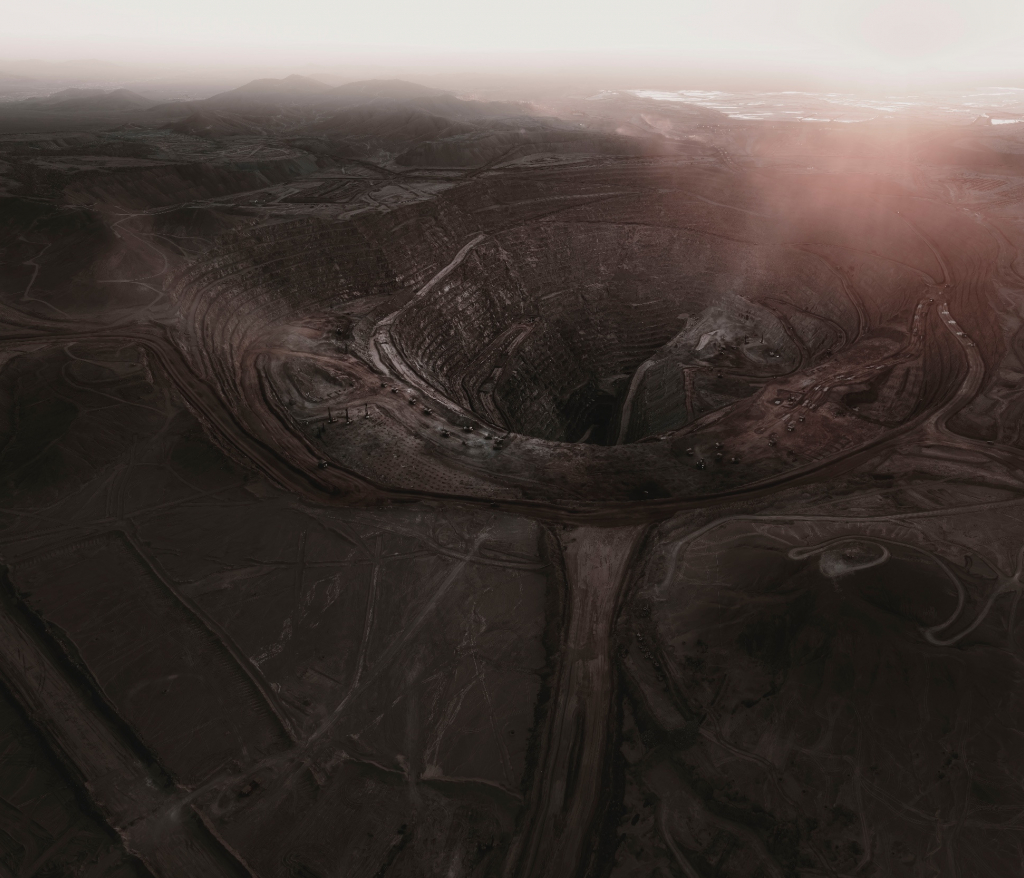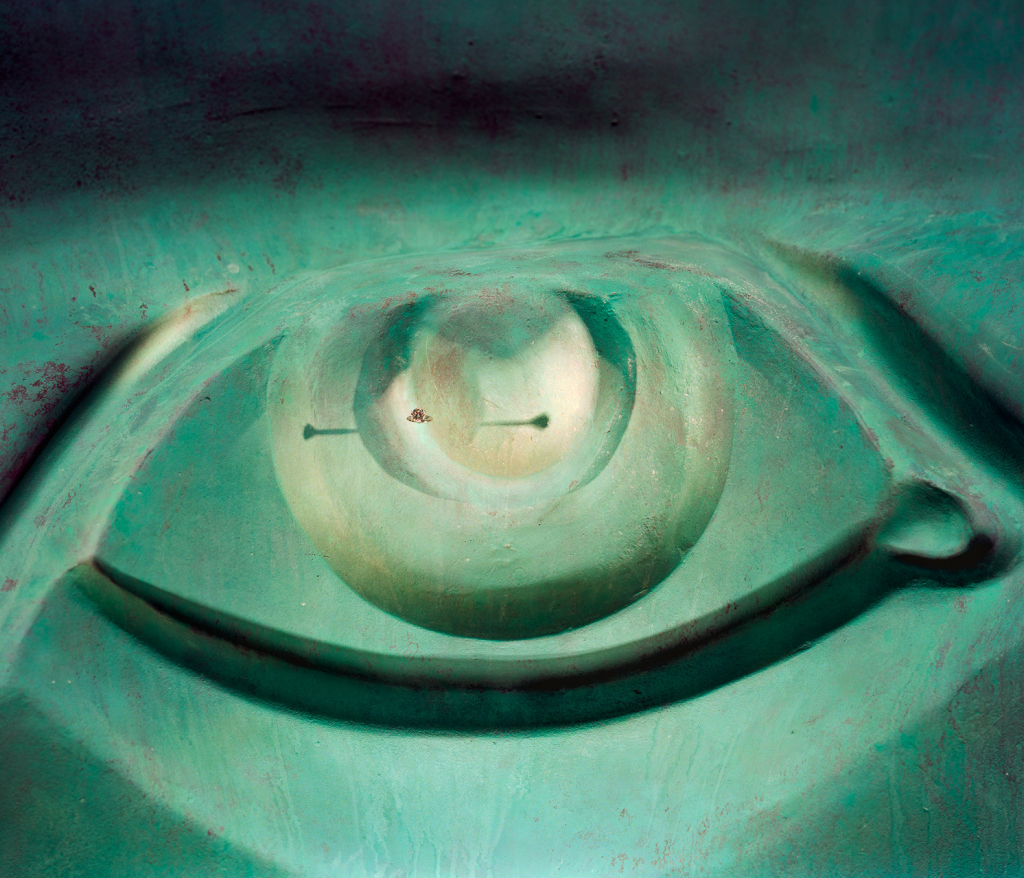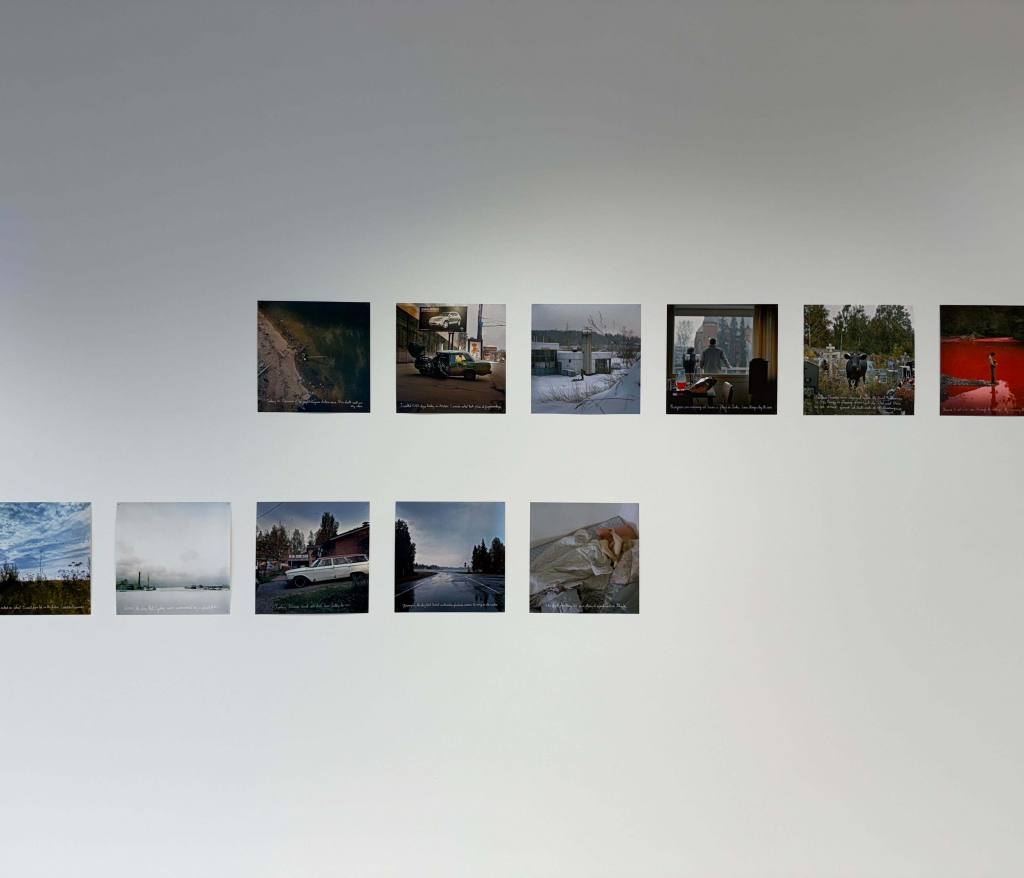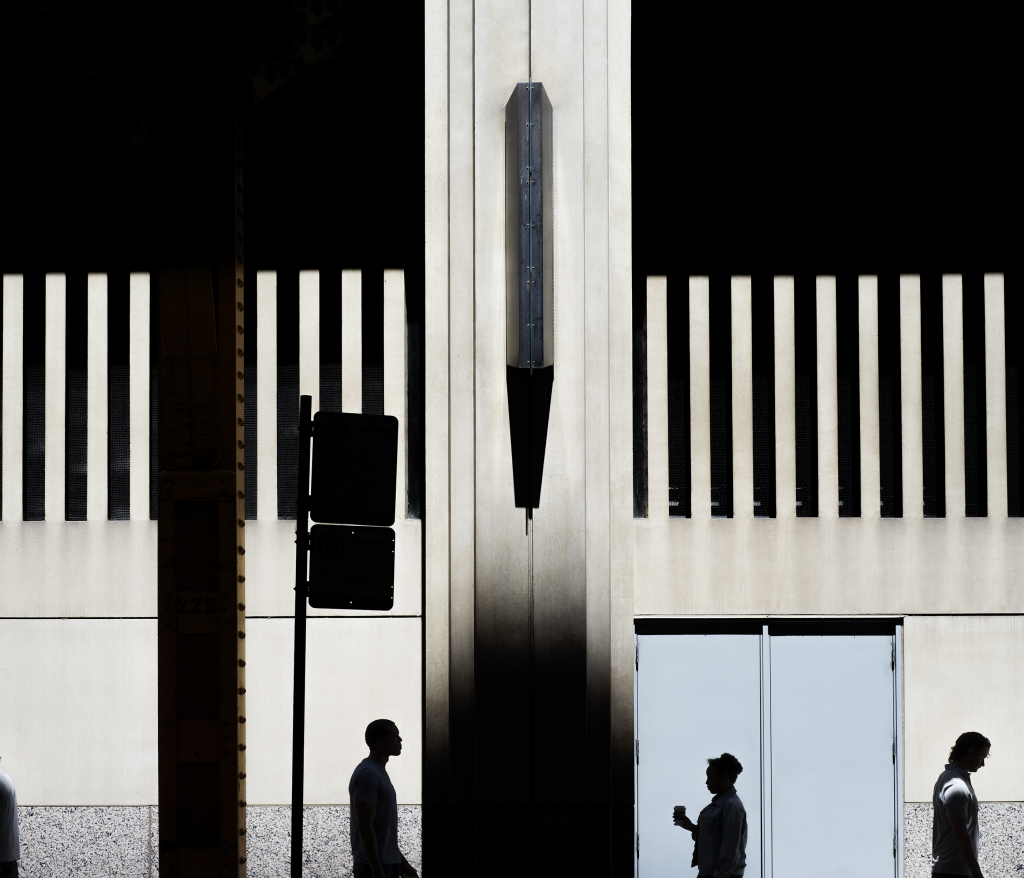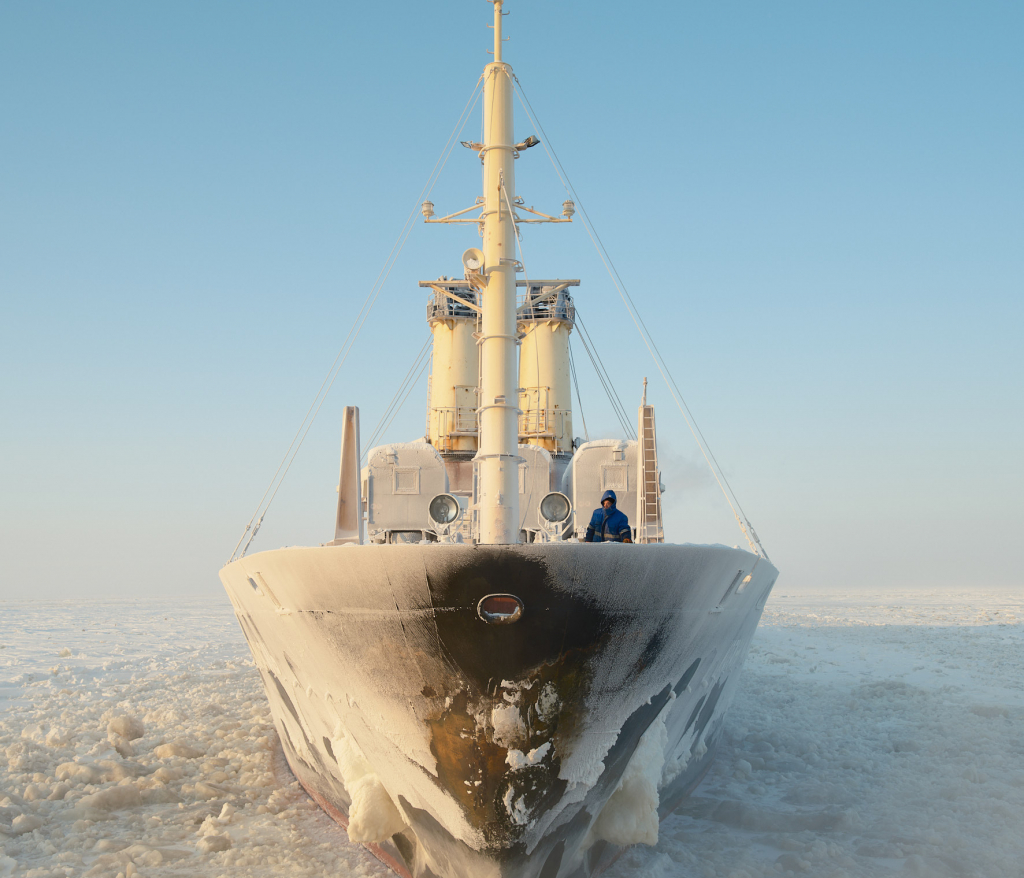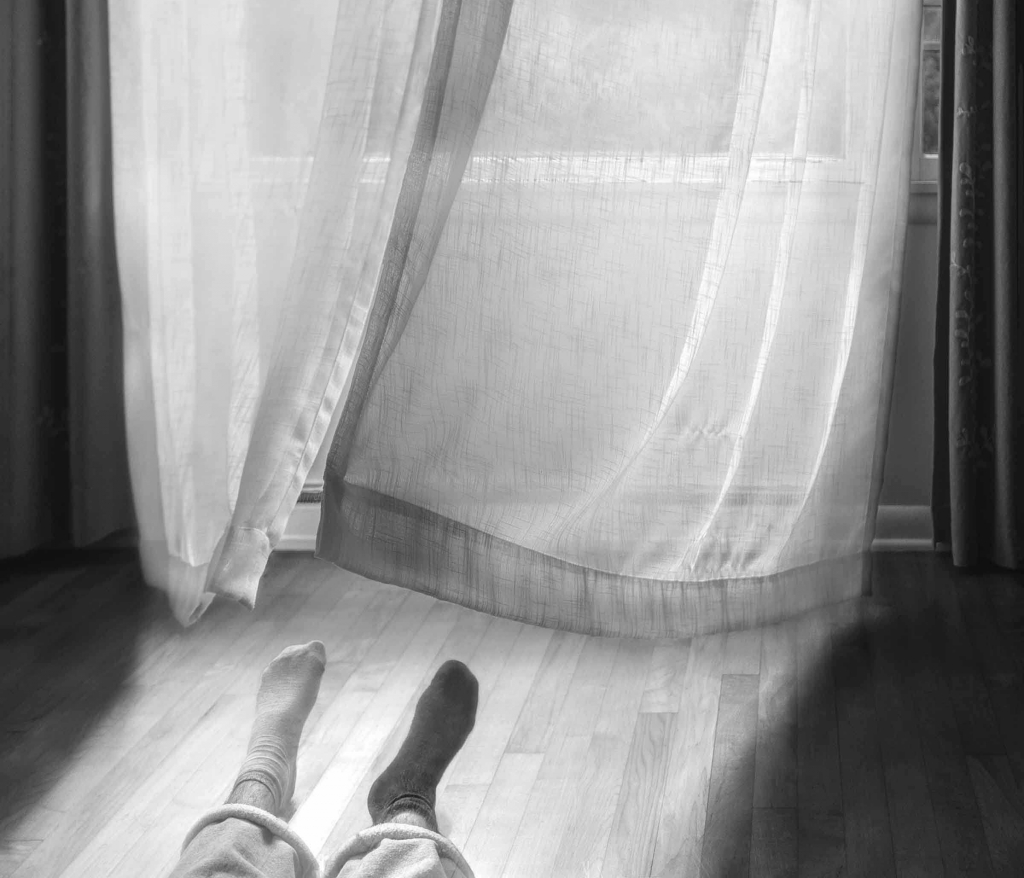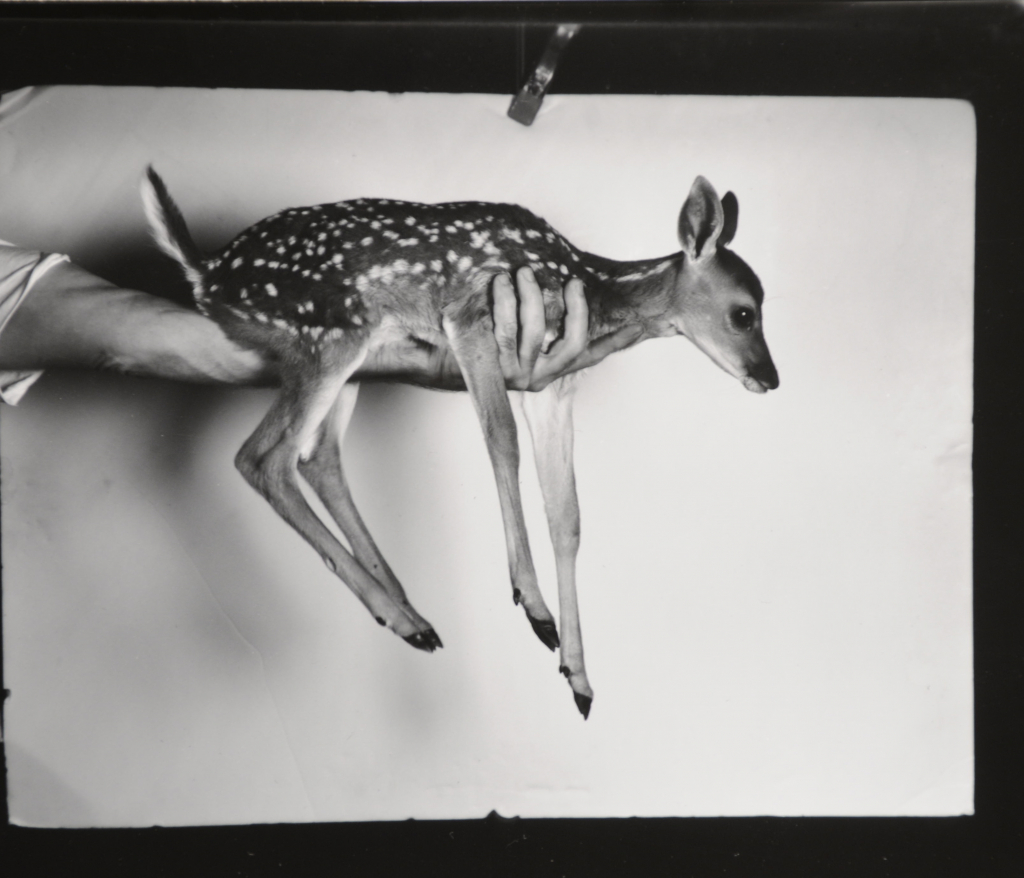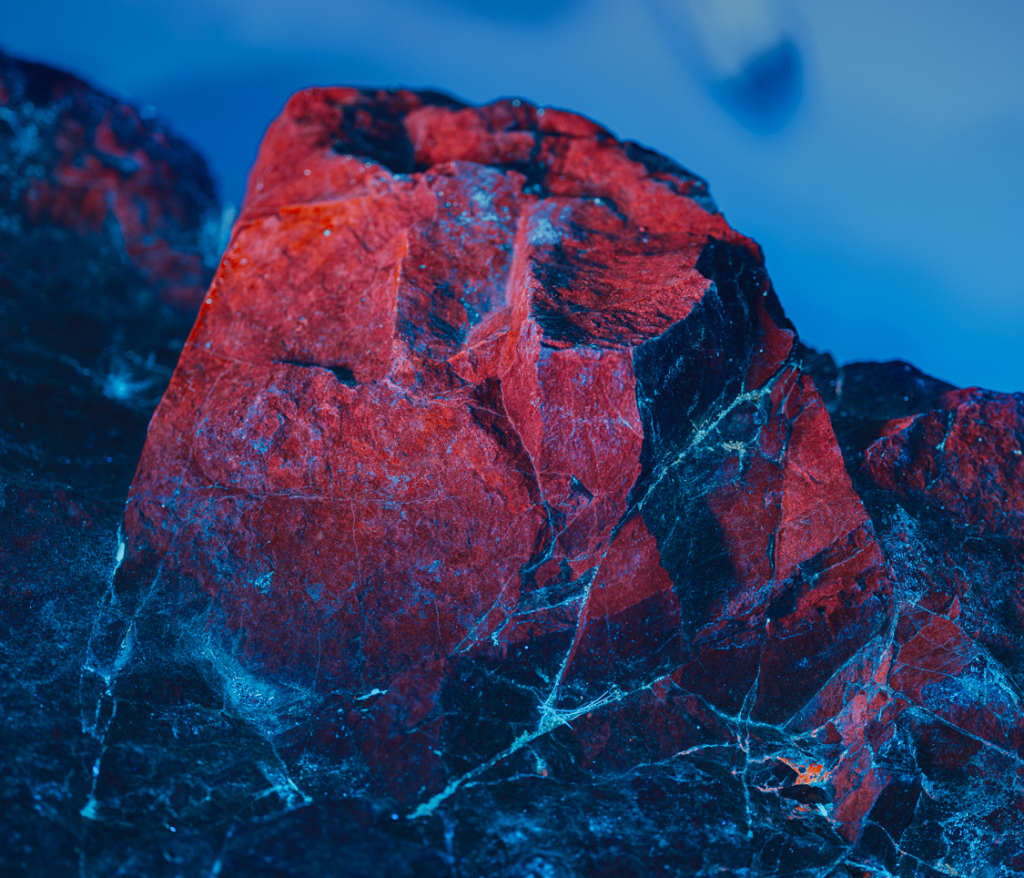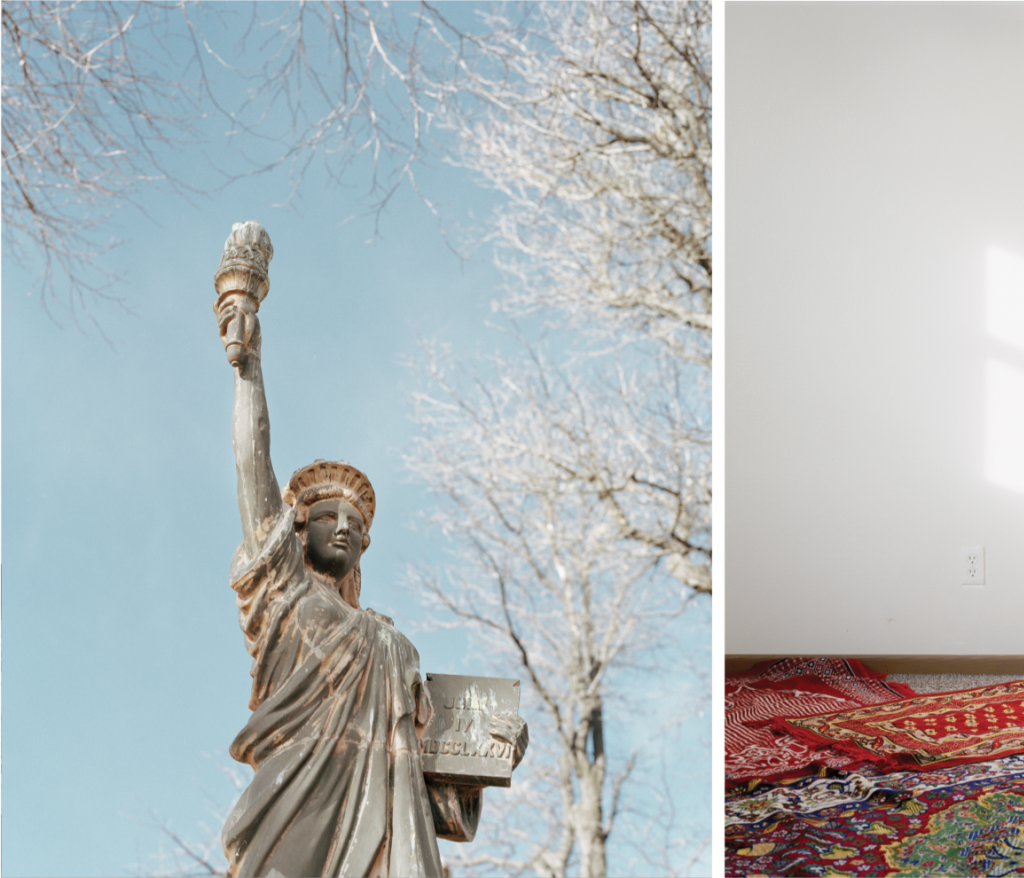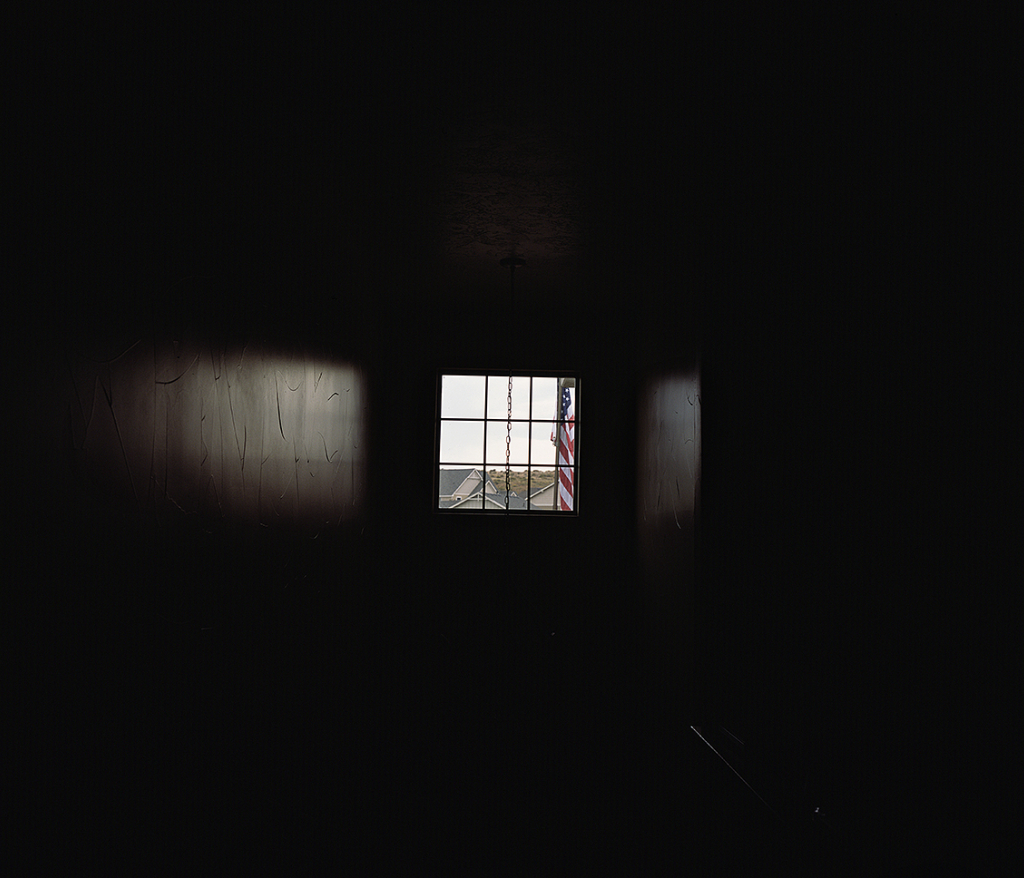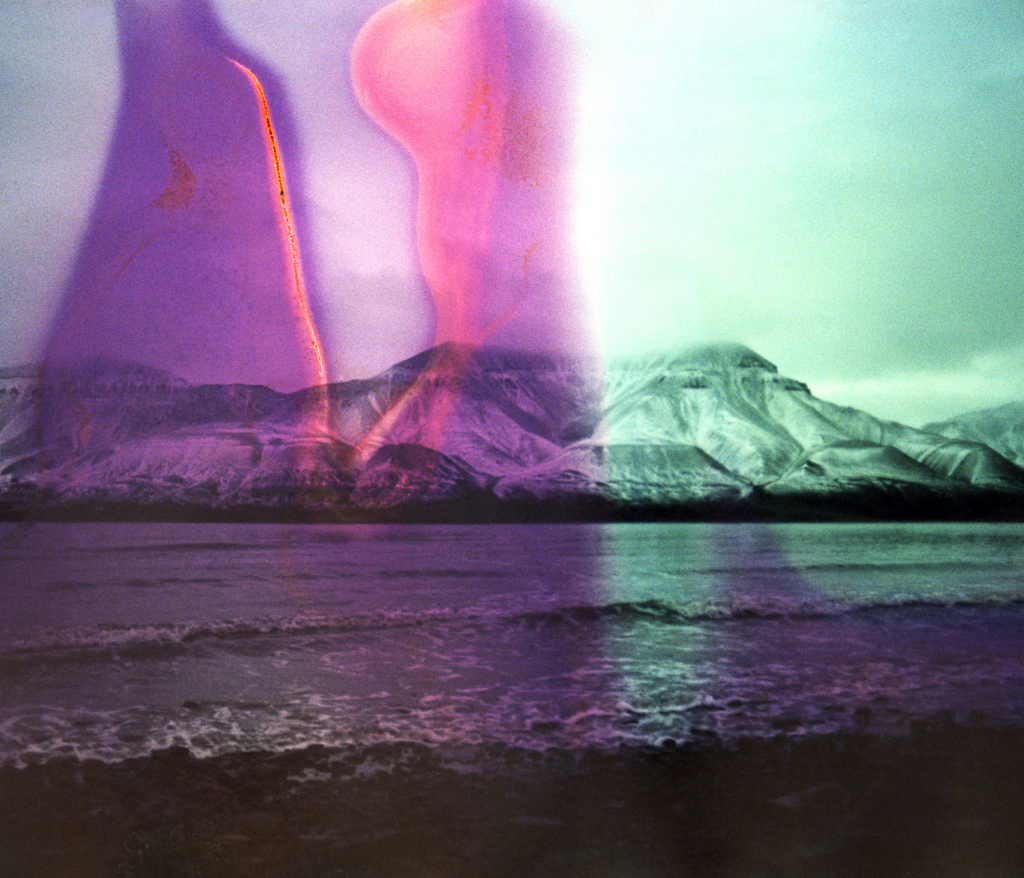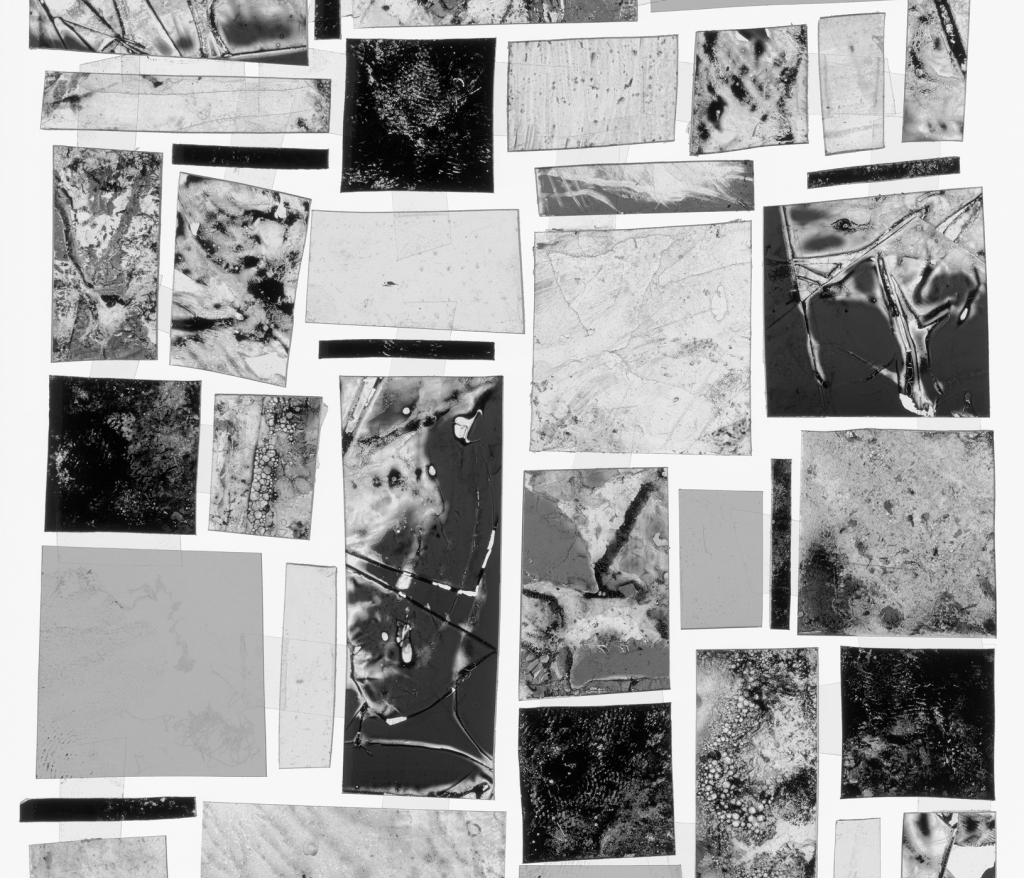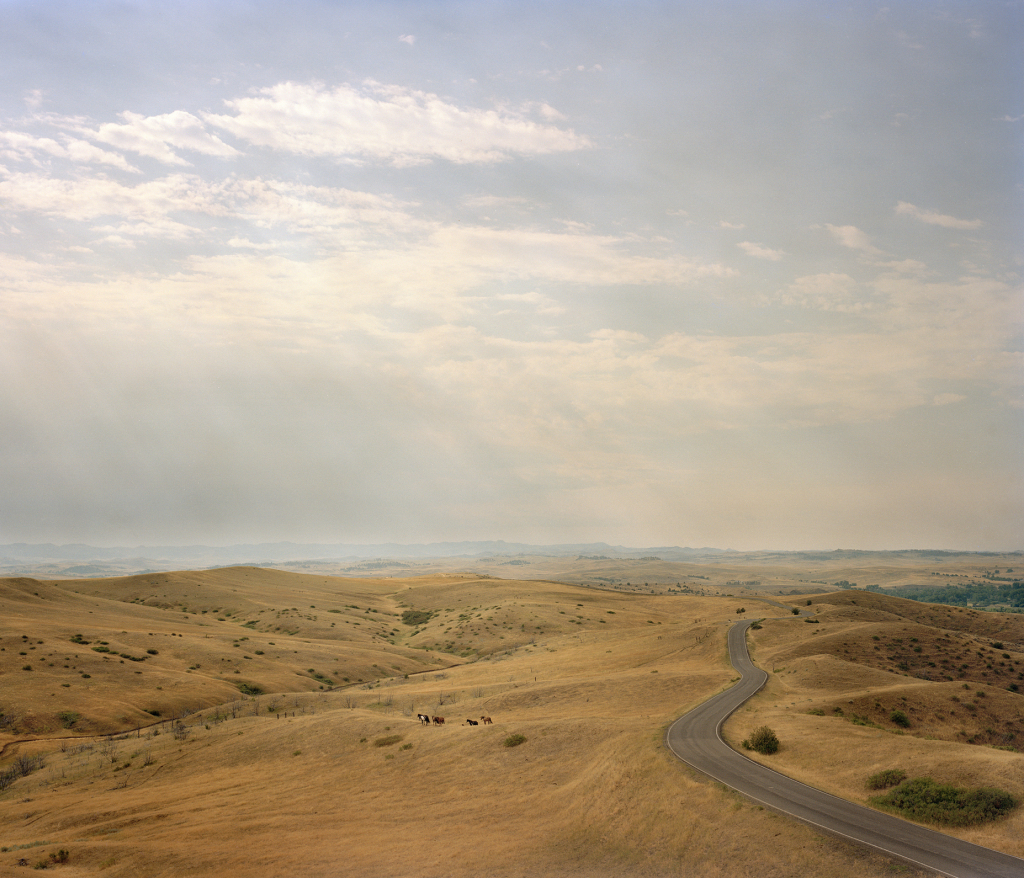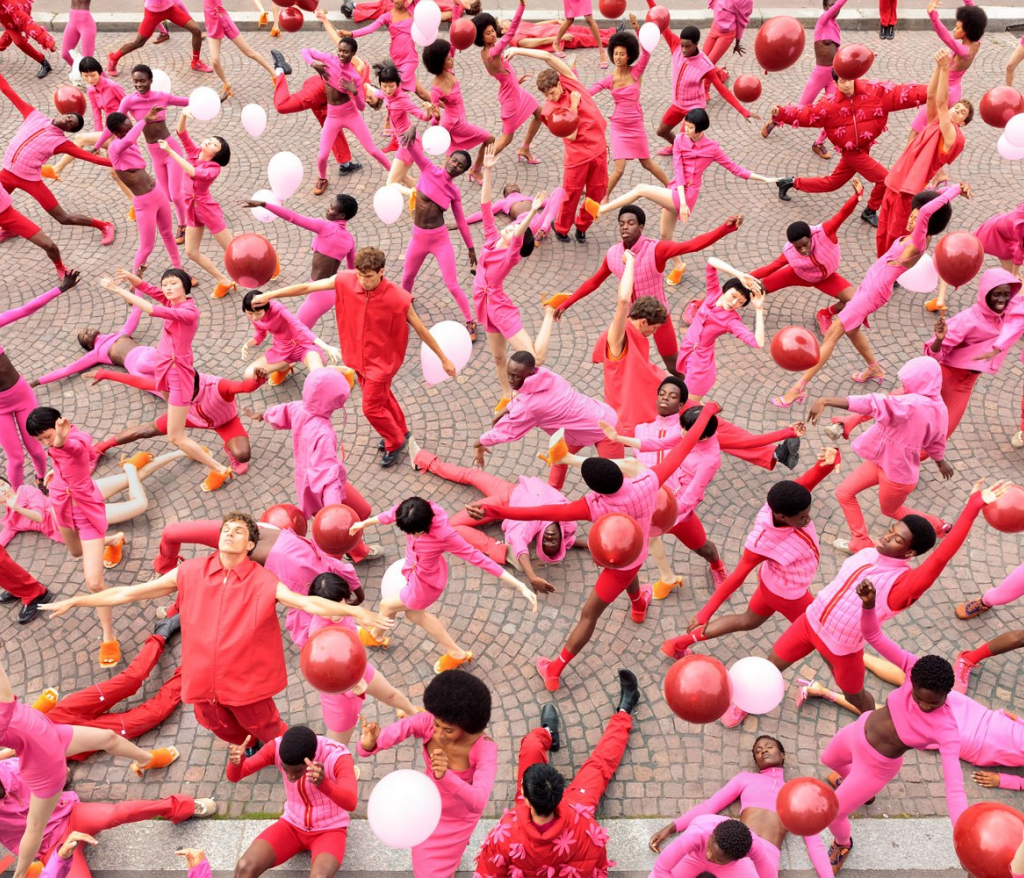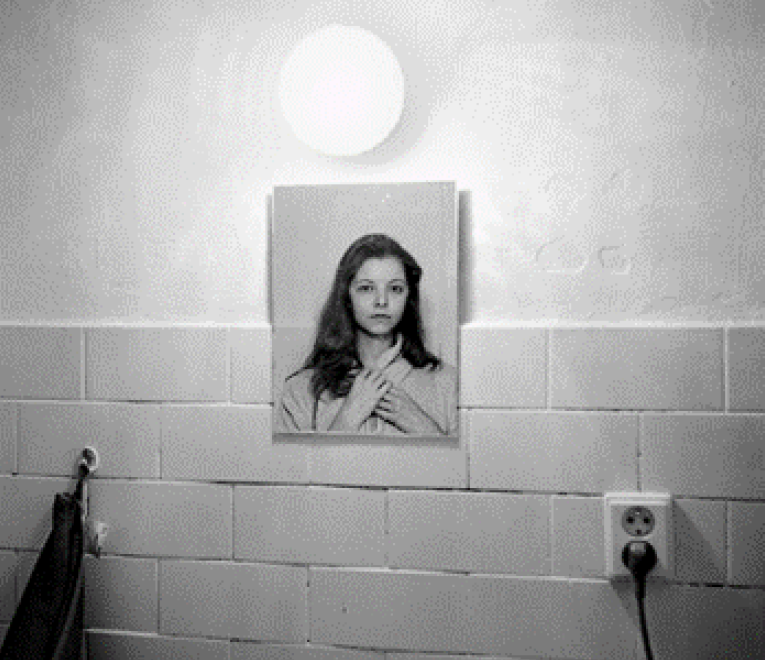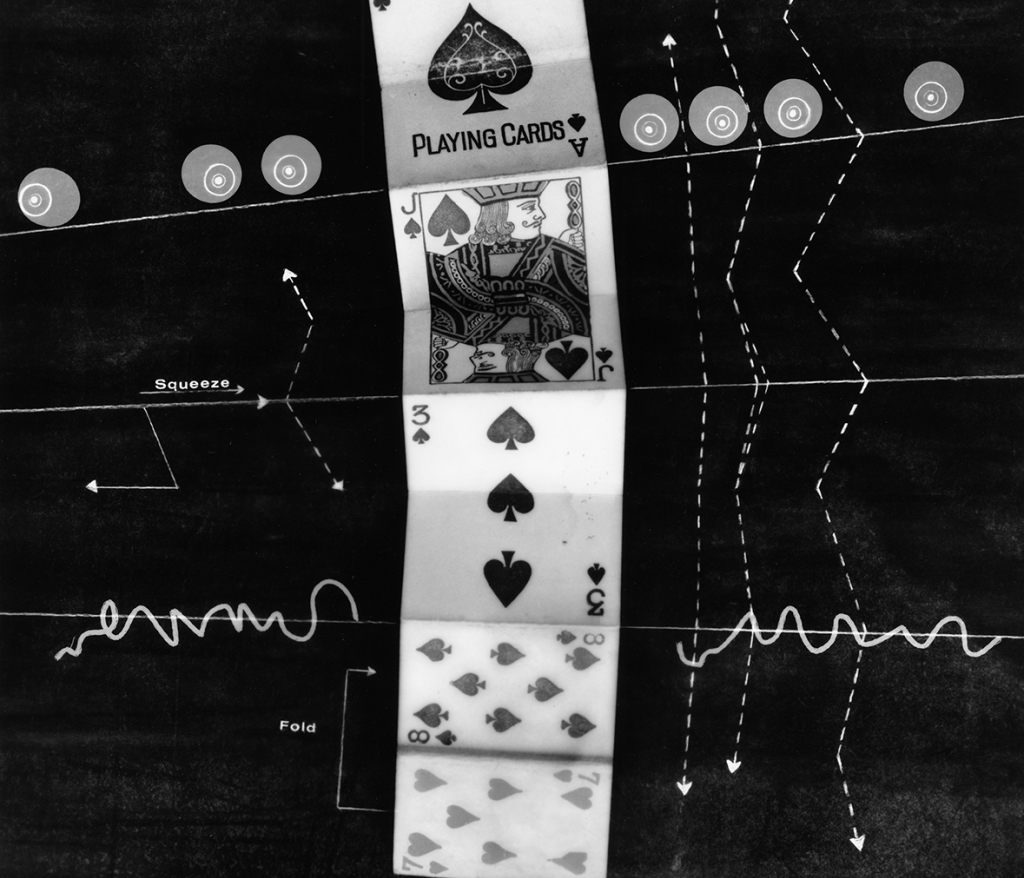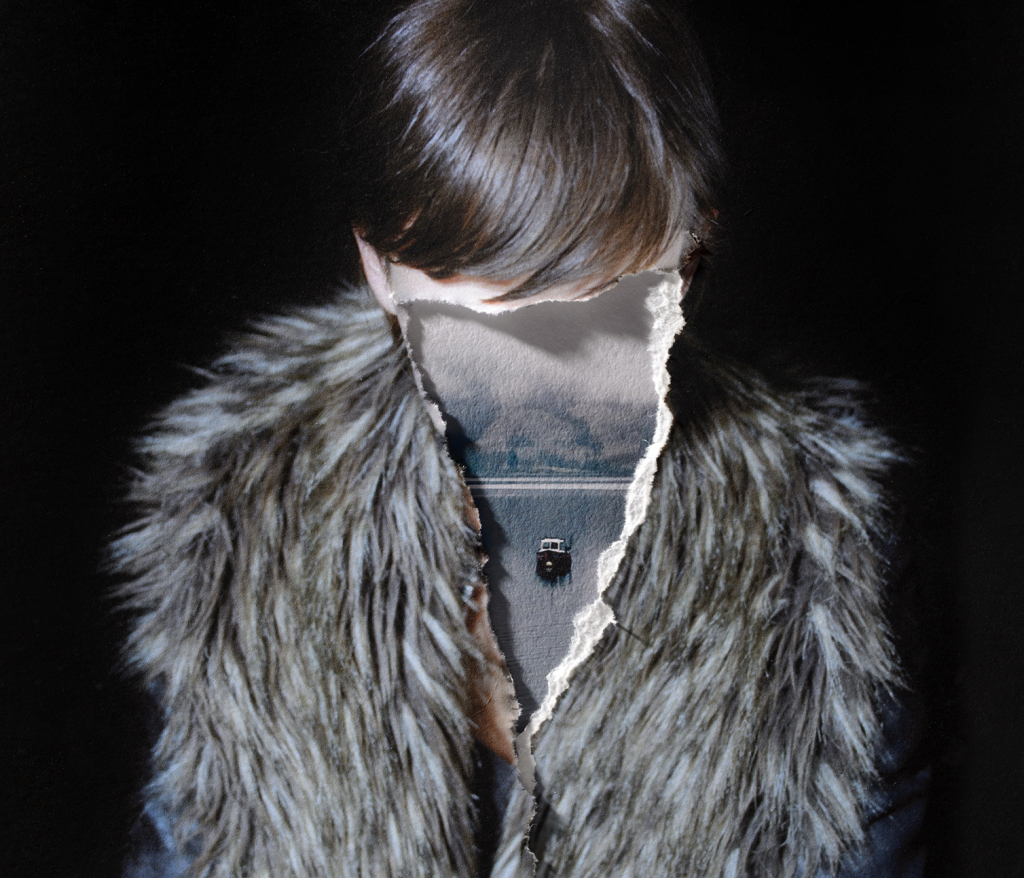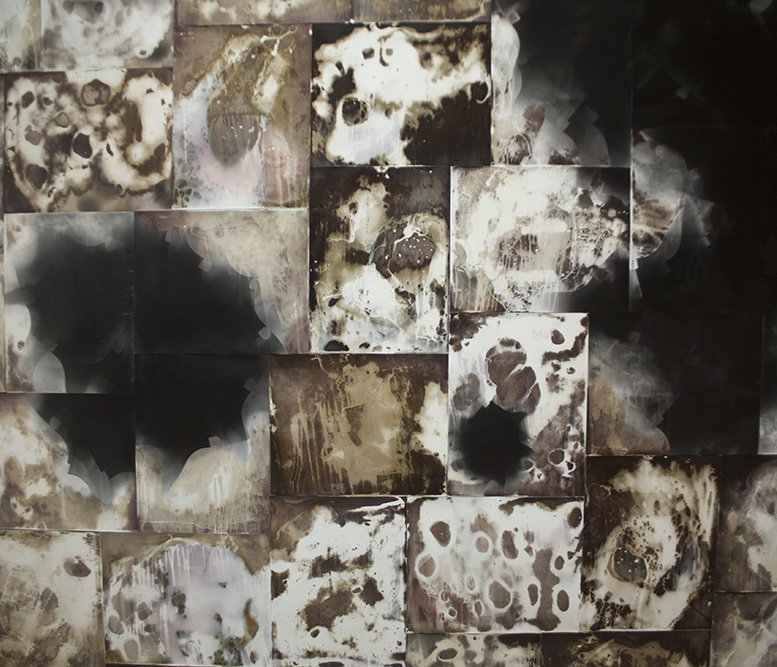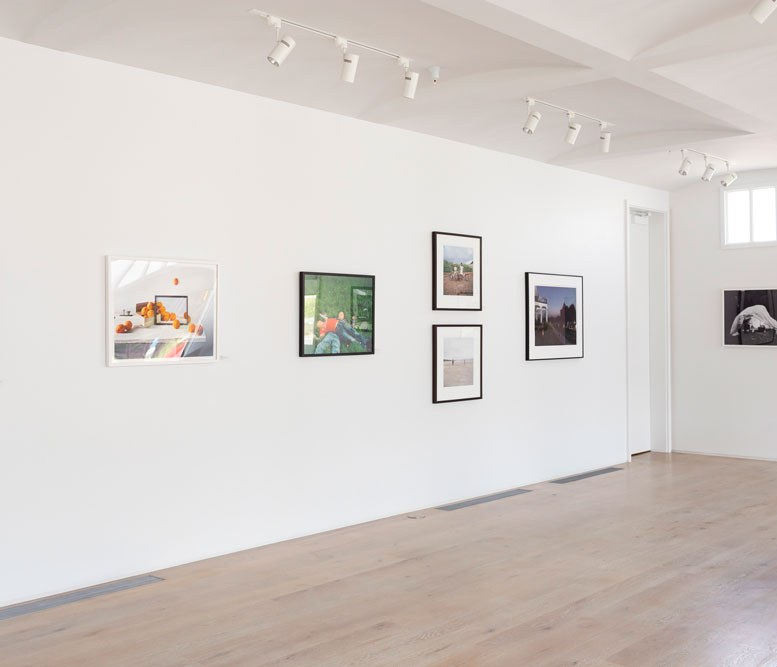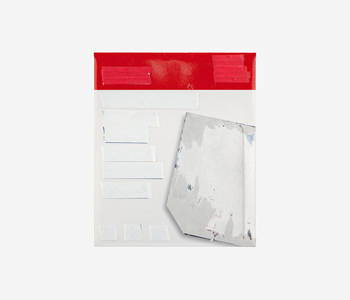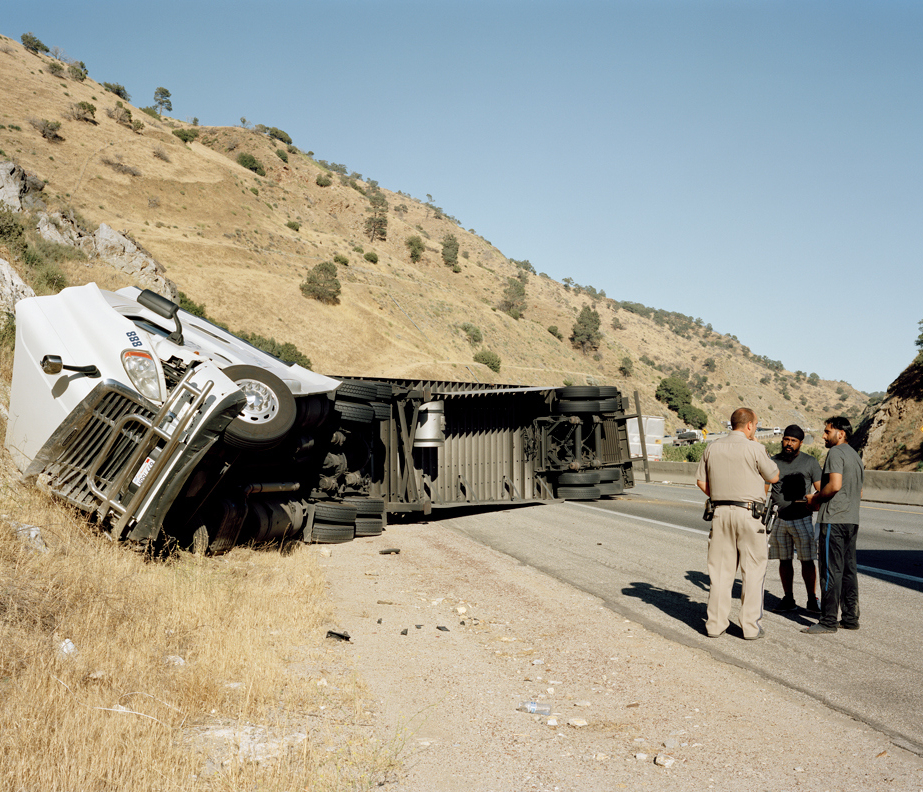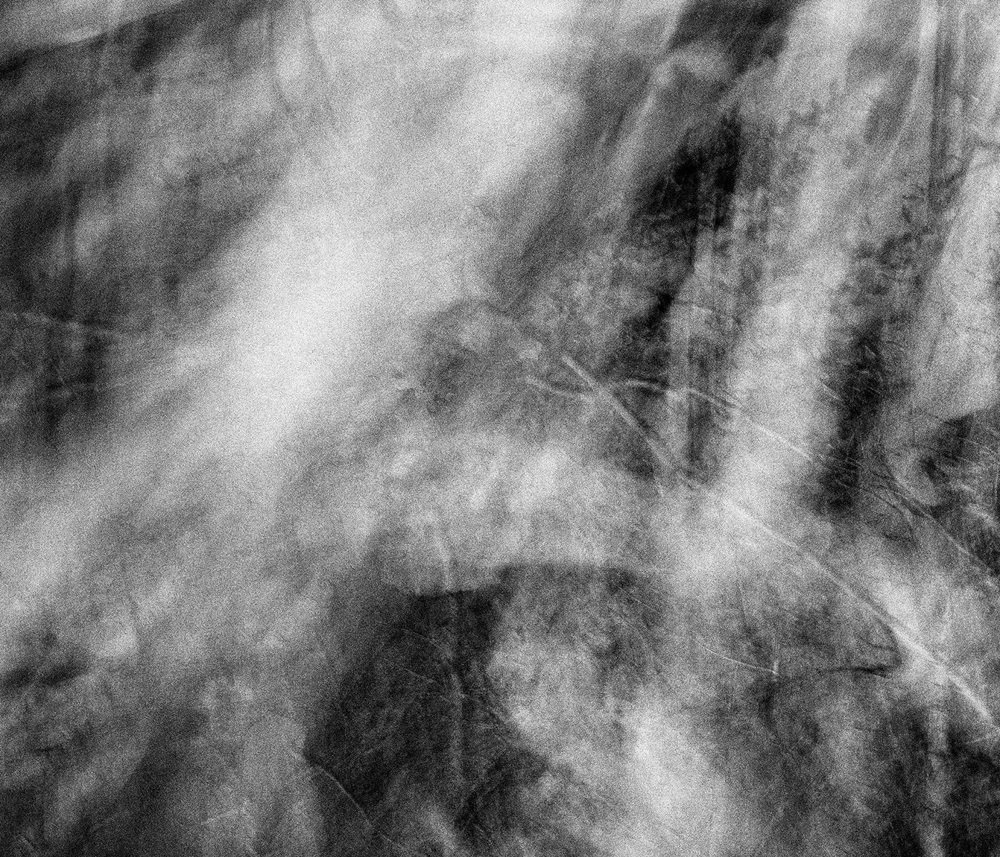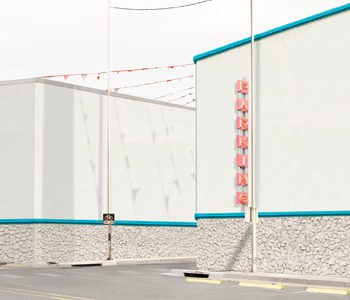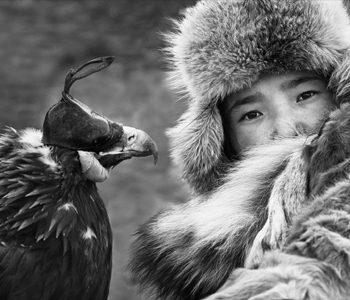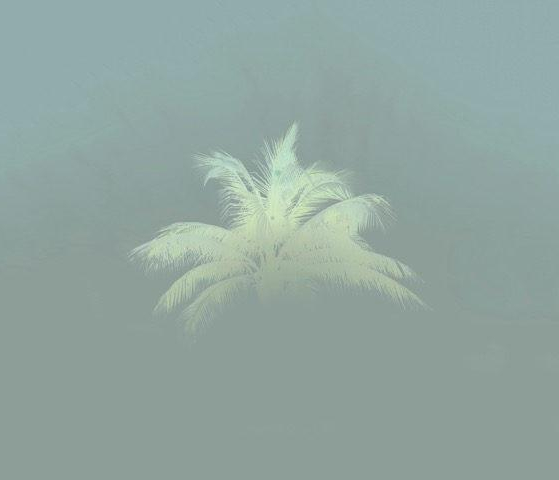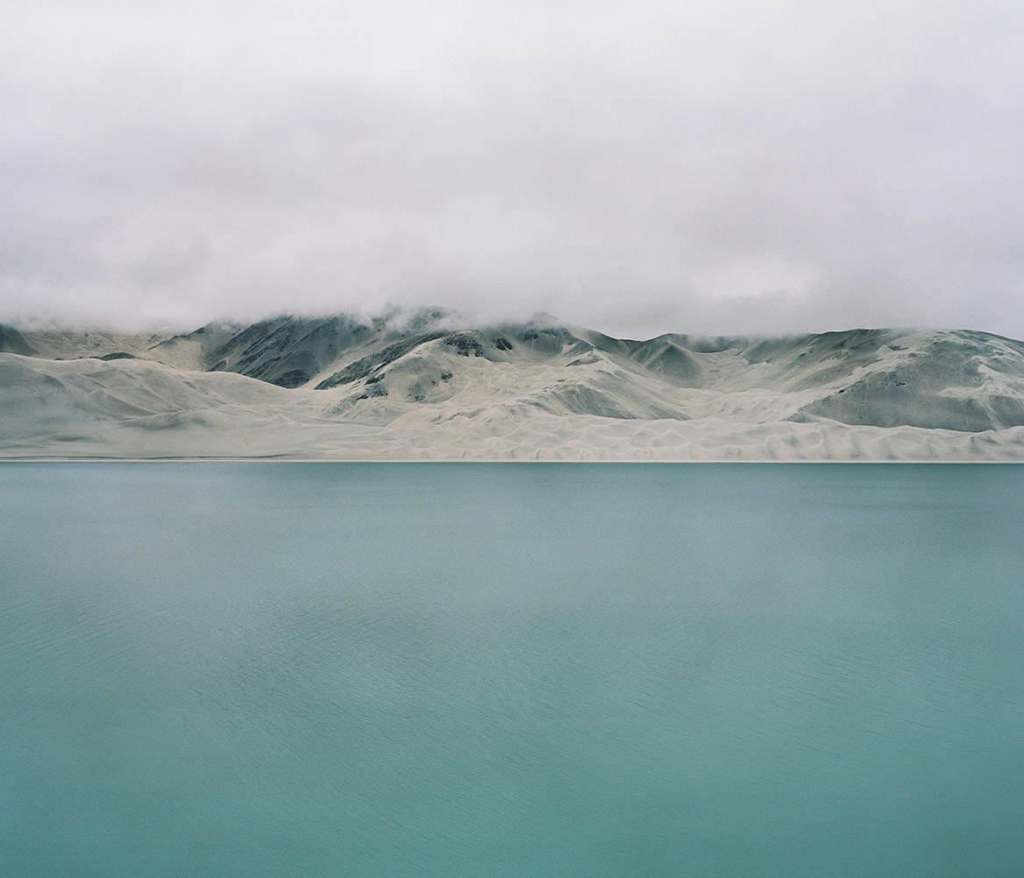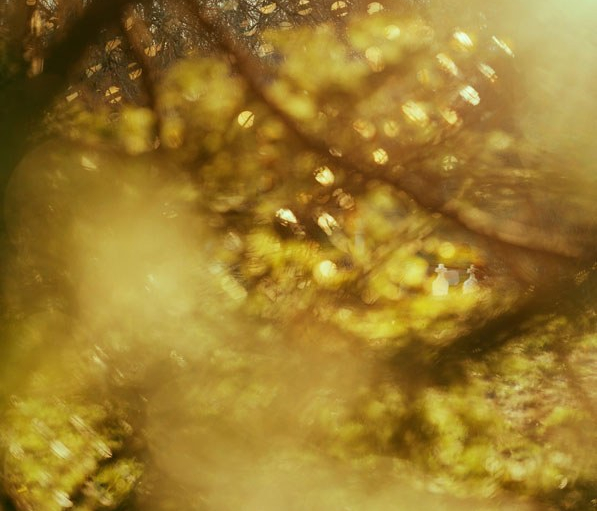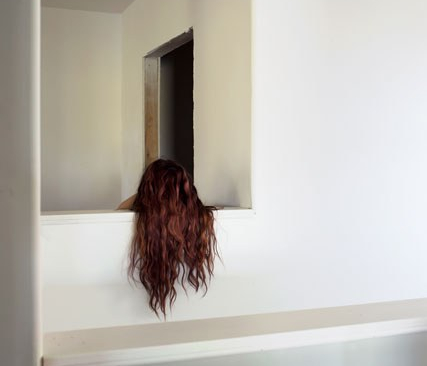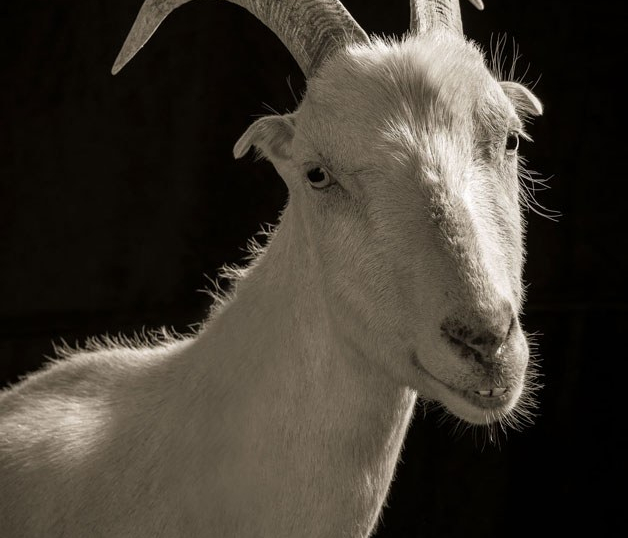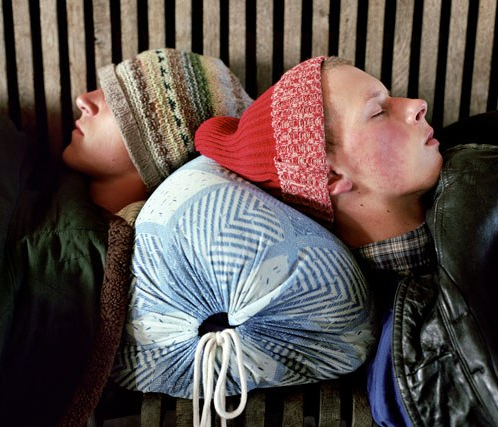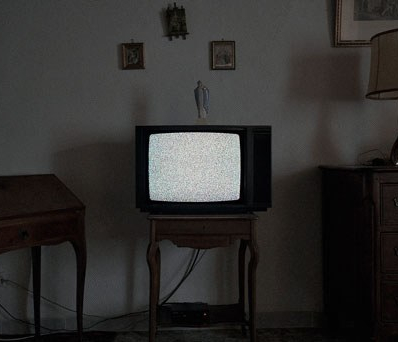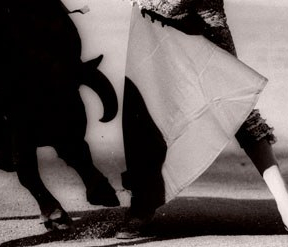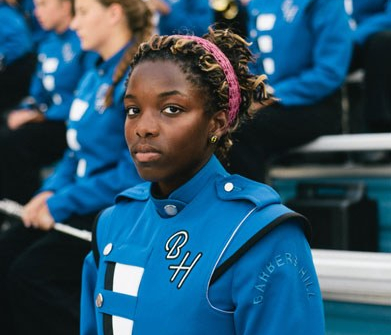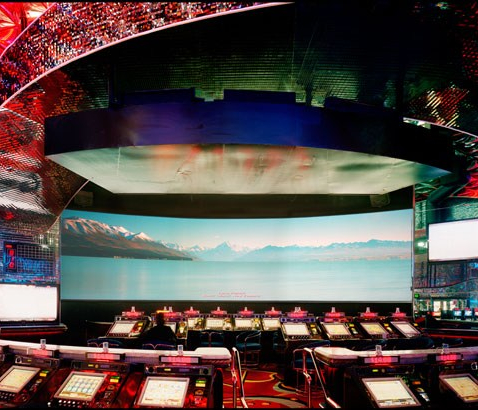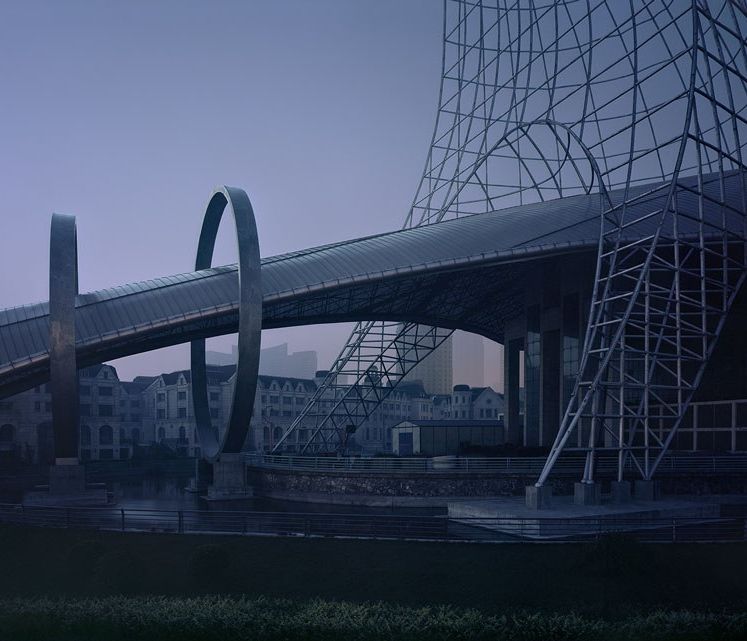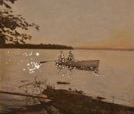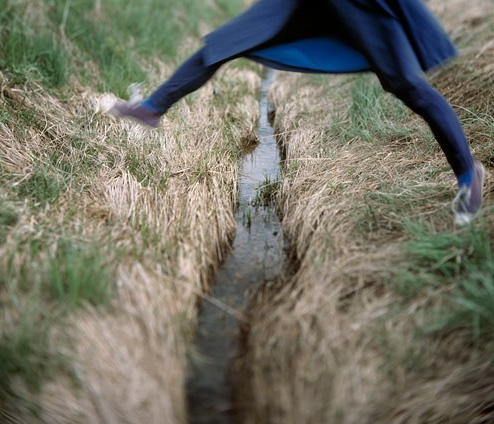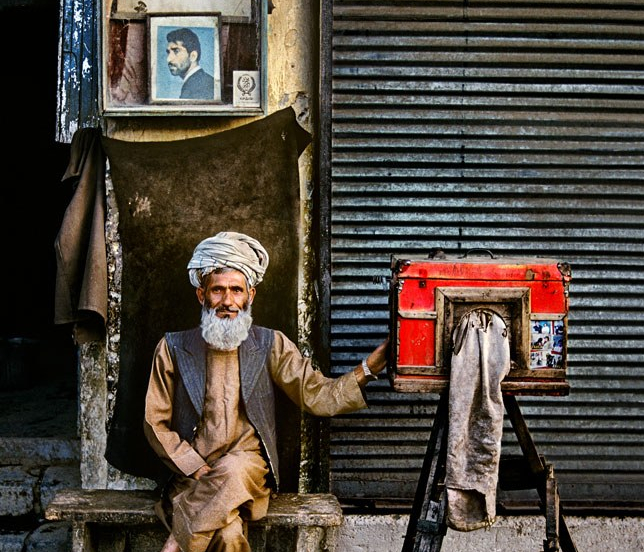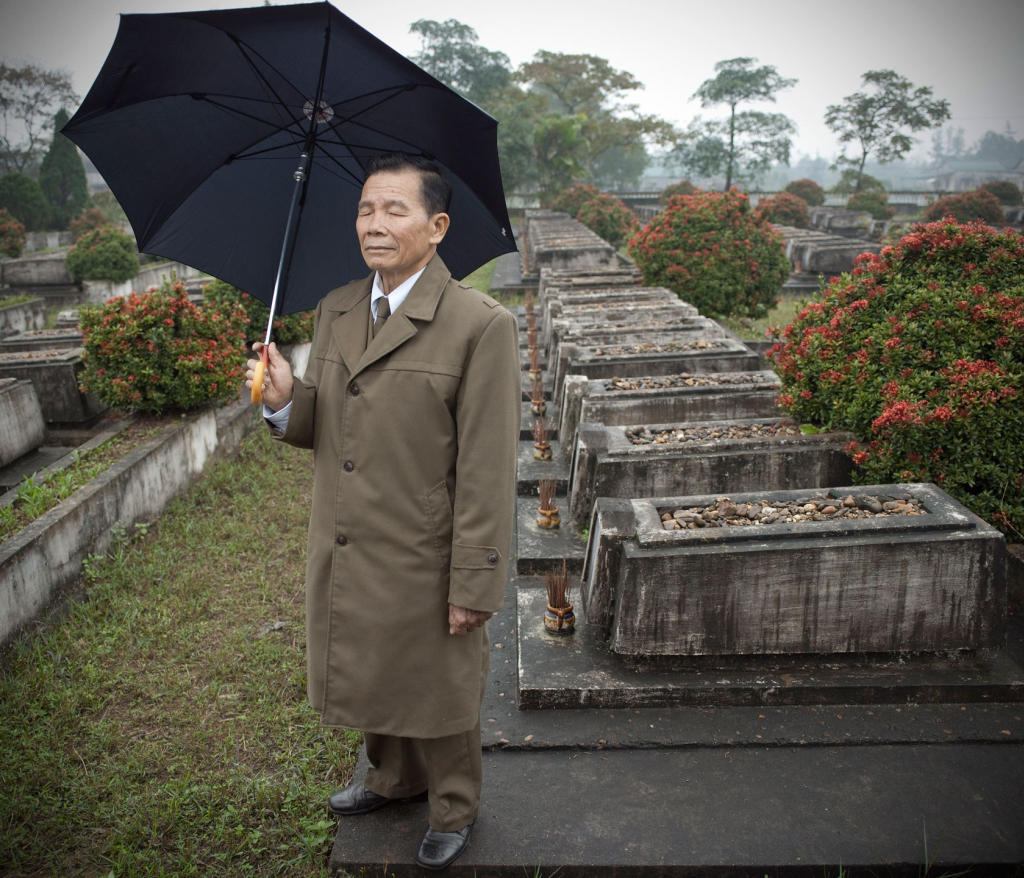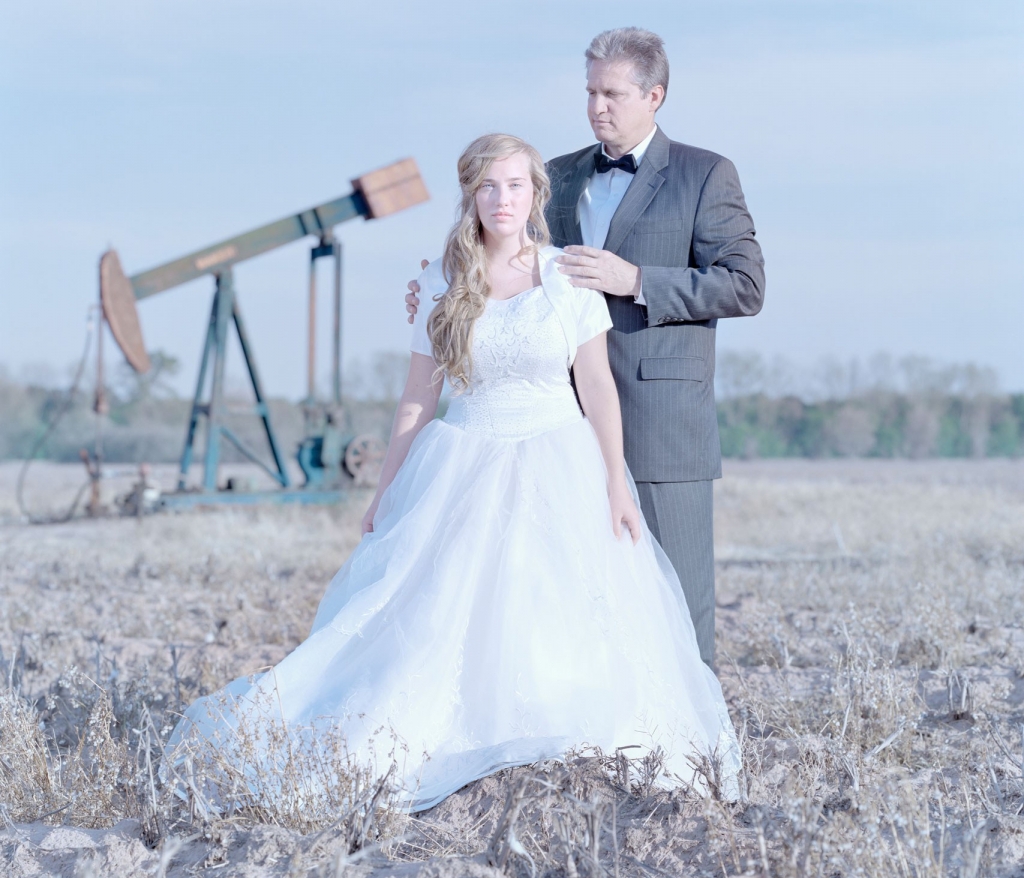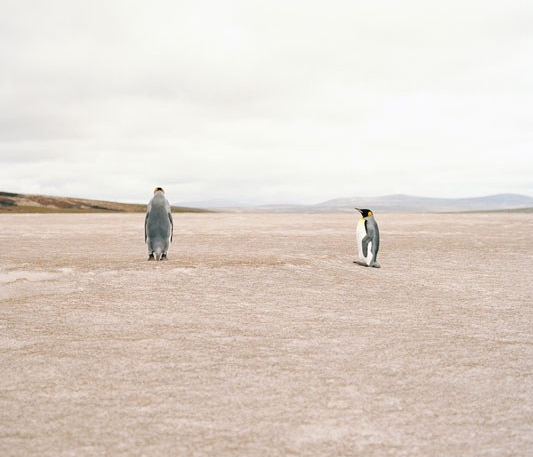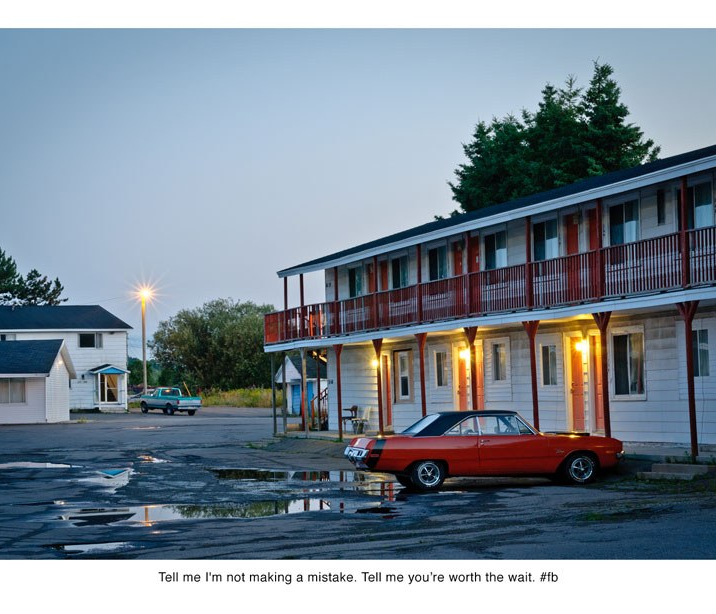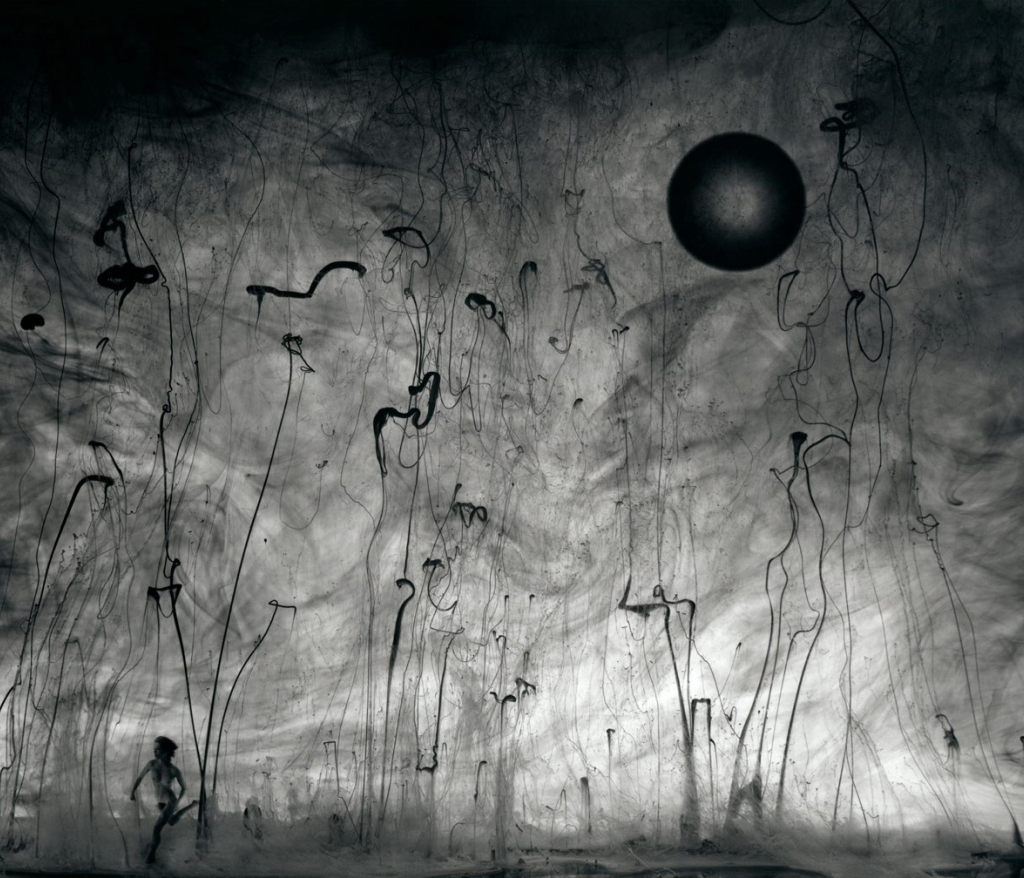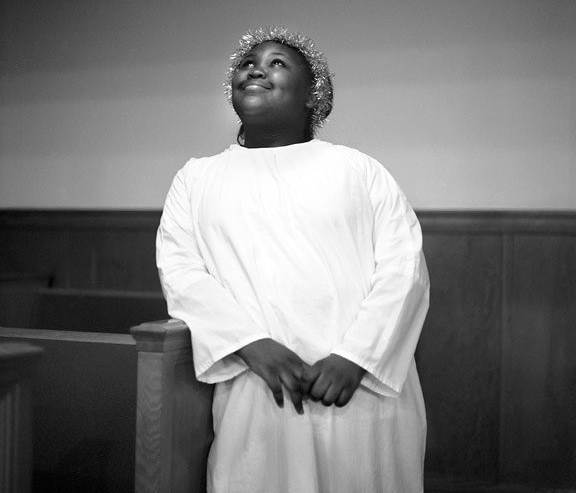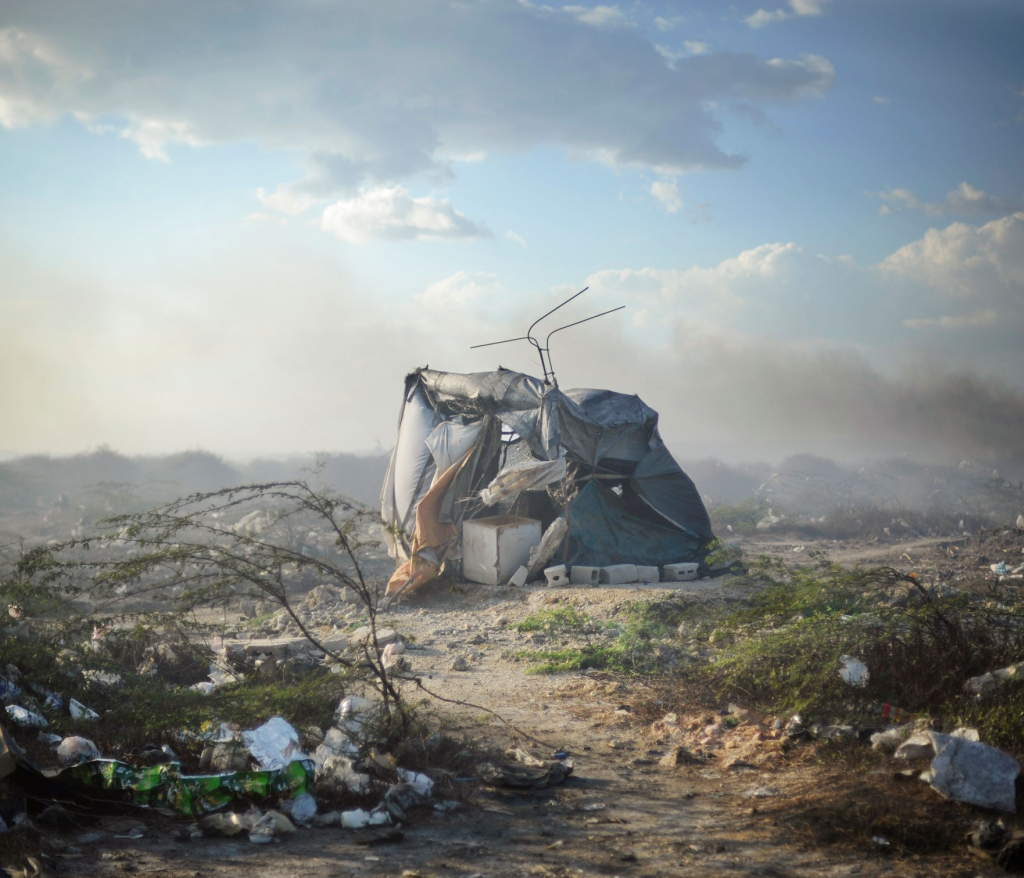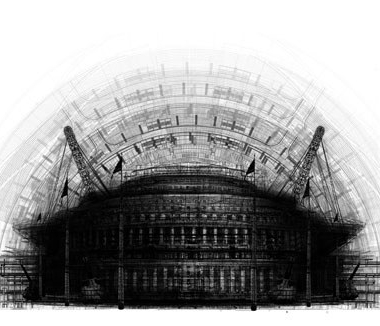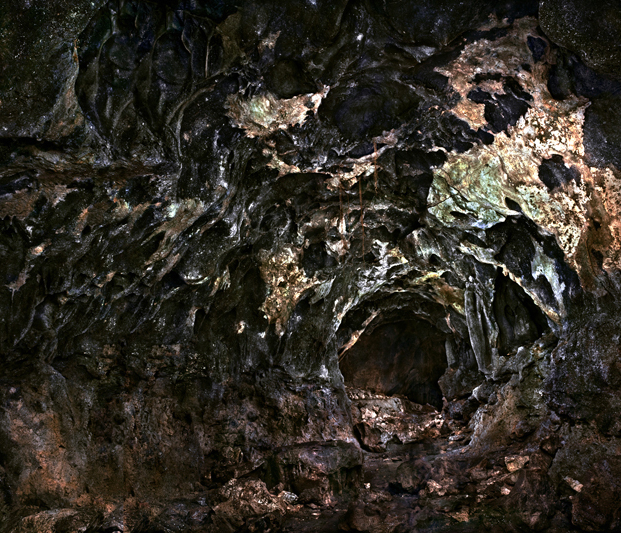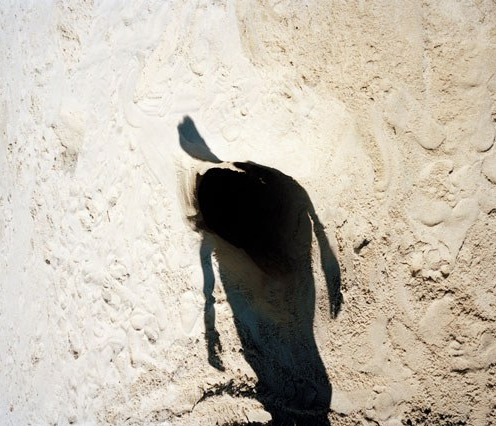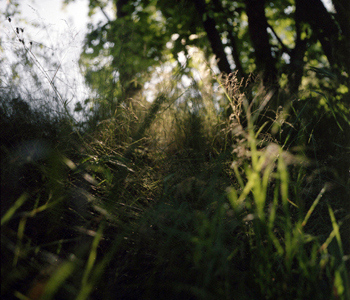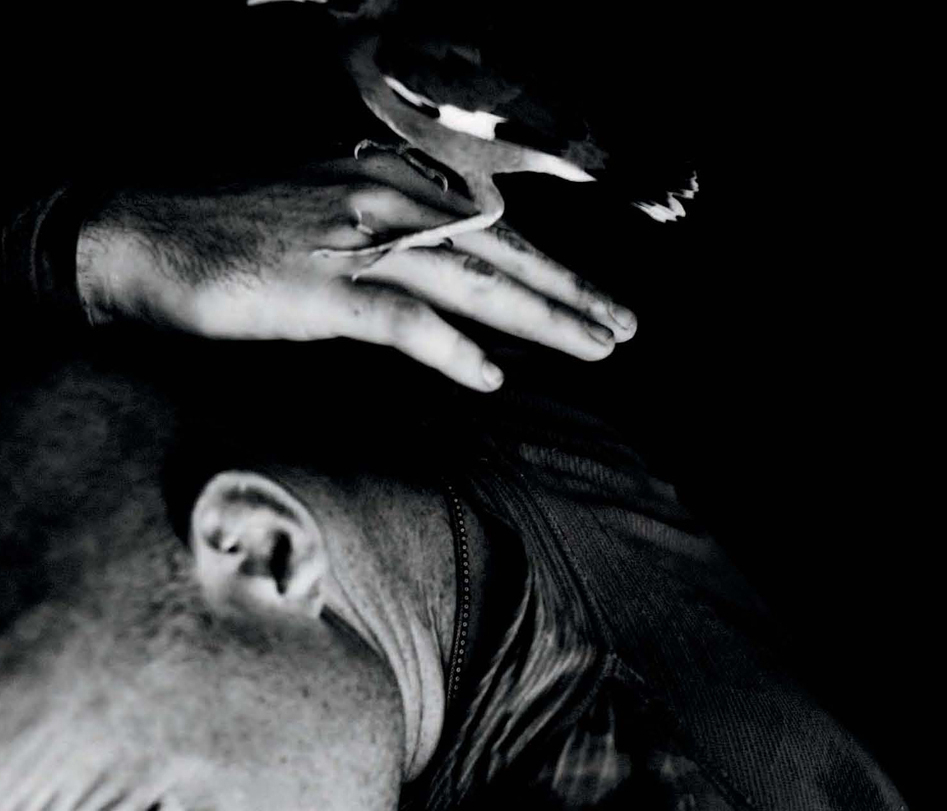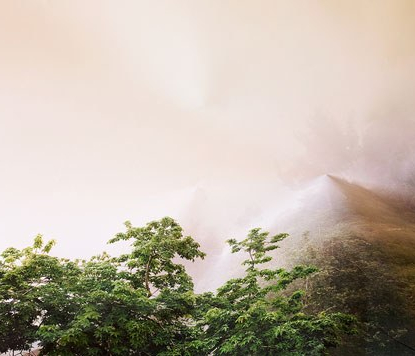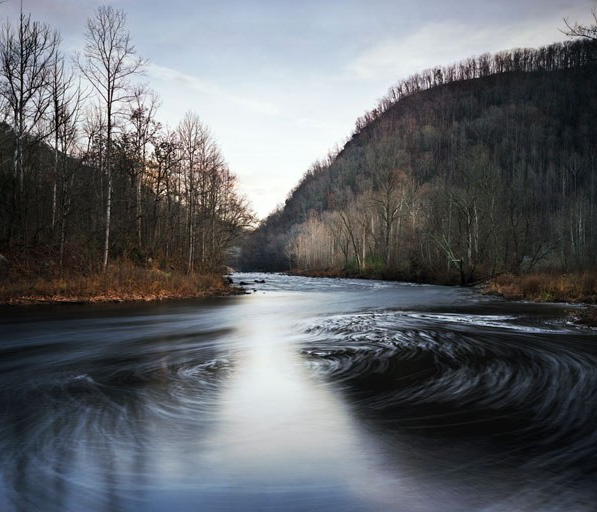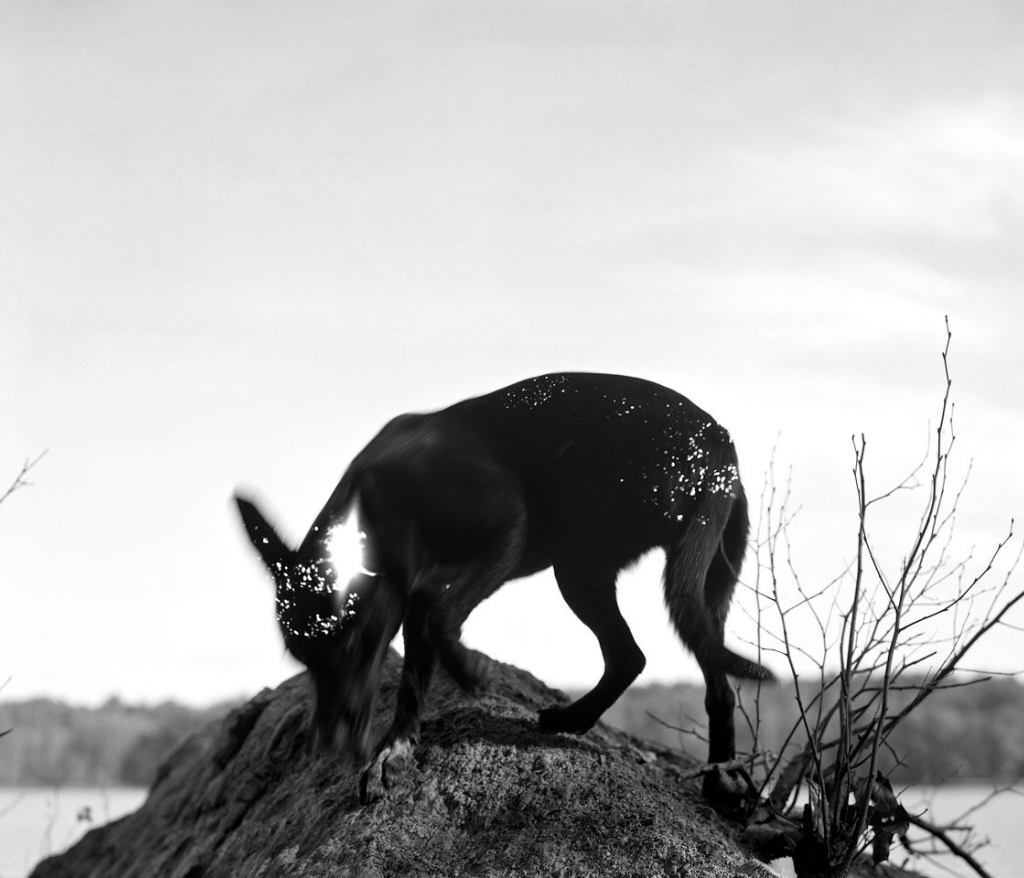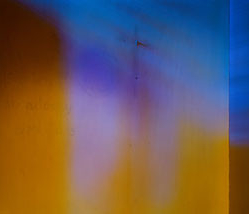Michael Sherwin
Vanishing Points
Dates + Events
Gallery Walk Opening Reception + Artist Talk | Michael Sherwin
Friday, April 1 | 5:00pm - 8:00pm
April Pictura Kids: Vanishing Points
Saturday, April 2 | 10:00am - 11:00am
Gallery Walk Opening Reception | Michael Sherwin
Friday, May 6 | 5:00pm - 8:00pm
Michael Sherwin
Vanishing Points
In his project Vanishing Points, Michael Sherwin locates and photographs significant sites of indigenous American presence, including sacred landforms, earthworks, documented archaeological sites and contested battlegrounds. He explores these landscapes as a place where two cultures converge.
On View: April 1 - May 28
My most profound memories and life experiences are associated with the land. As a young boy, I grew up without any spiritual direction. Instead of attending church on Sundays, I was taken on long wandering walks in the hardwood forests of rural Southeastern Ohio. The natural world was my escape, an energetic force that was full of wonder, magic and mystery. These early experiences in nature were formative in my life and spiritual path. They led to considerable time spent in the backcountry exploring my own connection with the earth and a profound respect for the physical world. They have also left me with looming philosophical questions about the tenets of Western religion regarding the sanctity of the land.
In the name of Manifest Destiny, Westerners expanded the reach of settler colonialism across America, claiming the land was theirs by Divine right. Modernization and what settlers’ deemed to be “civilization” swept across the continent “improving” the country and nearly erradicating entire Native cultures in their path. As a white, non-Native citizen of this country, I realize I am complicit in this act of genocide. I grapple with the legacy of my ancestors and my own indirect impact on Indigenous Americans. At the same time, my spiritual views more closely align with those of Native American cultures and Eastern religions. This existential dichotomy of living in America is present in every facet of my life.
Shortly after moving to Morgantown, West Virginia, I discovered that a local shopping center had been built upon a 800-year-old sacred burial ground and village site associated with the Monongahelan culture. I’d frequently shopped at the Center and this new revelation trans-formed my understanding of the landscape and place I called home. Reflected in the scene in front of me was an ancient, spiritually important and hallowed landscape clouded by the tangible constructions of modern Western culture. In an effort to reckon with this conflict, I was compelled to photograph the site and the resulting image held a mysterious duality. While the photograph is always rooted to the present moment, it can also connect to something ancient, alluding to what has happened. A photograph displays what is there and what is not there – a mirror and a memory.
In Vanishing Points, I locate and photograph significant sites of indigenous American presence, including ancient earthworks, sacred landforms, documented archaeological sites and contested battlegrounds. The sites I choose to visit and photograph are literal and metaphorical vanishing points. They are places in the landscape where two lines, or cultures, converge. While visiting these sites, I reflect on the monuments our modern culture will presumably leave behind and what the archaeological evidence of our civilization will reveal about our time on Earth.
Early demonstrations and lingering controversy over the Dakota Access Pipeline project’s harmful impact on the Standing Rock Sioux Tribe’s sacred ancestral land and threat to their water source, have brought new attention to issues regarding the treatment of Native Americans, their lands, and sacred sites. The Vanishing Points project participates in this important conversation, providing a reflection and critique on the historical impacts of Manifest Destiny and the, while also connecting a fading past with the familiar present continued subjugation of American Indian tribes Part of the allure in visiting these sites is the possibility to experience the land and figuratively reach back in time; to imagine what the land must have been like hundreds and thousands of years ago. I am often reminded of the experiences I had as a child, where the presence of something intangible and much larger than myself still exists.
Michael Sherwin is an artist currently based in the Appalachian mountains of northern West Virginia. From an early age he found inspiration in the phenomena of the physical world and has spent most of this life exploring and seeking wild places, including nine years in the American West. Using the mediums of photography, video and installation, his work reflects on the experience of observing nature through the lenses of science and popular culture. He has won numerous grants and awards for his work and has exhibited widely. Currently, he is an Associate Professor of Art in the School of Art and Design at West Virginia University.
The Artifacts series documents a collection of objects and ephemera I’ve gathered while visiting the sites in the Vanishing Points project. I photograph each object in a clinical manner, mimicking archaeological findings. Extracting these everyday objects from their normal surroundings, elevates them to a state of importance. Much like ancient artifacts, the objects in this collection reveal the culture of their creators.
Michael Sherwin
Vanishing Points
In his project Vanishing Points, Michael Sherwin locates and photographs significant sites of indigenous American presence, including sacred landforms, earthworks, documented archaeological sites and contested battlegrounds. He explores these landscapes as a place where two cultures converge.
On View: April 1 - May 28
My most profound memories and life experiences are associated with the land. As a young boy, I grew up without any spiritual direction. Instead of attending church on Sundays, I was taken on long wandering walks in the hardwood forests of rural Southeastern Ohio. The natural world was my escape, an energetic force that was full of wonder, magic and mystery. These early experiences in nature were formative in my life and spiritual path. They led to considerable time spent in the backcountry exploring my own connection with the earth and a profound respect for the physical world. They have also left me with looming philosophical questions about the tenets of Western religion regarding the sanctity of the land.
In the name of Manifest Destiny, Westerners expanded the reach of settler colonialism across America, claiming the land was theirs by Divine right. Modernization and what settlers’ deemed to be “civilization” swept across the continent “improving” the country and nearly erradicating entire Native cultures in their path. As a white, non-Native citizen of this country, I realize I am complicit in this act of genocide. I grapple with the legacy of my ancestors and my own indirect impact on Indigenous Americans. At the same time, my spiritual views more closely align with those of Native American cultures and Eastern religions. This existential dichotomy of living in America is present in every facet of my life.
Shortly after moving to Morgantown, West Virginia, I discovered that a local shopping center had been built upon a 800-year-old sacred burial ground and village site associated with the Monongahelan culture. I’d frequently shopped at the Center and this new revelation trans-formed my understanding of the landscape and place I called home. Reflected in the scene in front of me was an ancient, spiritually important and hallowed landscape clouded by the tangible constructions of modern Western culture. In an effort to reckon with this conflict, I was compelled to photograph the site and the resulting image held a mysterious duality. While the photograph is always rooted to the present moment, it can also connect to something ancient, alluding to what has happened. A photograph displays what is there and what is not there – a mirror and a memory.
In Vanishing Points, I locate and photograph significant sites of indigenous American presence, including ancient earthworks, sacred landforms, documented archaeological sites and contested battlegrounds. The sites I choose to visit and photograph are literal and metaphorical vanishing points. They are places in the landscape where two lines, or cultures, converge. While visiting these sites, I reflect on the monuments our modern culture will presumably leave behind and what the archaeological evidence of our civilization will reveal about our time on Earth.
Early demonstrations and lingering controversy over the Dakota Access Pipeline project’s harmful impact on the Standing Rock Sioux Tribe’s sacred ancestral land and threat to their water source, have brought new attention to issues regarding the treatment of Native Americans, their lands, and sacred sites. The Vanishing Points project participates in this important conversation, providing a reflection and critique on the historical impacts of Manifest Destiny and the, while also connecting a fading past with the familiar present continued subjugation of American Indian tribes Part of the allure in visiting these sites is the possibility to experience the land and figuratively reach back in time; to imagine what the land must have been like hundreds and thousands of years ago. I am often reminded of the experiences I had as a child, where the presence of something intangible and much larger than myself still exists.
Michael Sherwin is an artist currently based in the Appalachian mountains of northern West Virginia. From an early age he found inspiration in the phenomena of the physical world and has spent most of this life exploring and seeking wild places, including nine years in the American West. Using the mediums of photography, video and installation, his work reflects on the experience of observing nature through the lenses of science and popular culture. He has won numerous grants and awards for his work and has exhibited widely. Currently, he is an Associate Professor of Art in the School of Art and Design at West Virginia University.
The Artifacts series documents a collection of objects and ephemera I’ve gathered while visiting the sites in the Vanishing Points project. I photograph each object in a clinical manner, mimicking archaeological findings. Extracting these everyday objects from their normal surroundings, elevates them to a state of importance. Much like ancient artifacts, the objects in this collection reveal the culture of their creators.
Dates + Events
Gallery Walk Opening Reception + Artist Talk | Michael Sherwin
Friday, April 1 | 5:00pm - 8:00pm
April Pictura Kids: Vanishing Points
Saturday, April 2 | 10:00am - 11:00am
Gallery Walk Opening Reception | Michael Sherwin
Friday, May 6 | 5:00pm - 8:00pm
